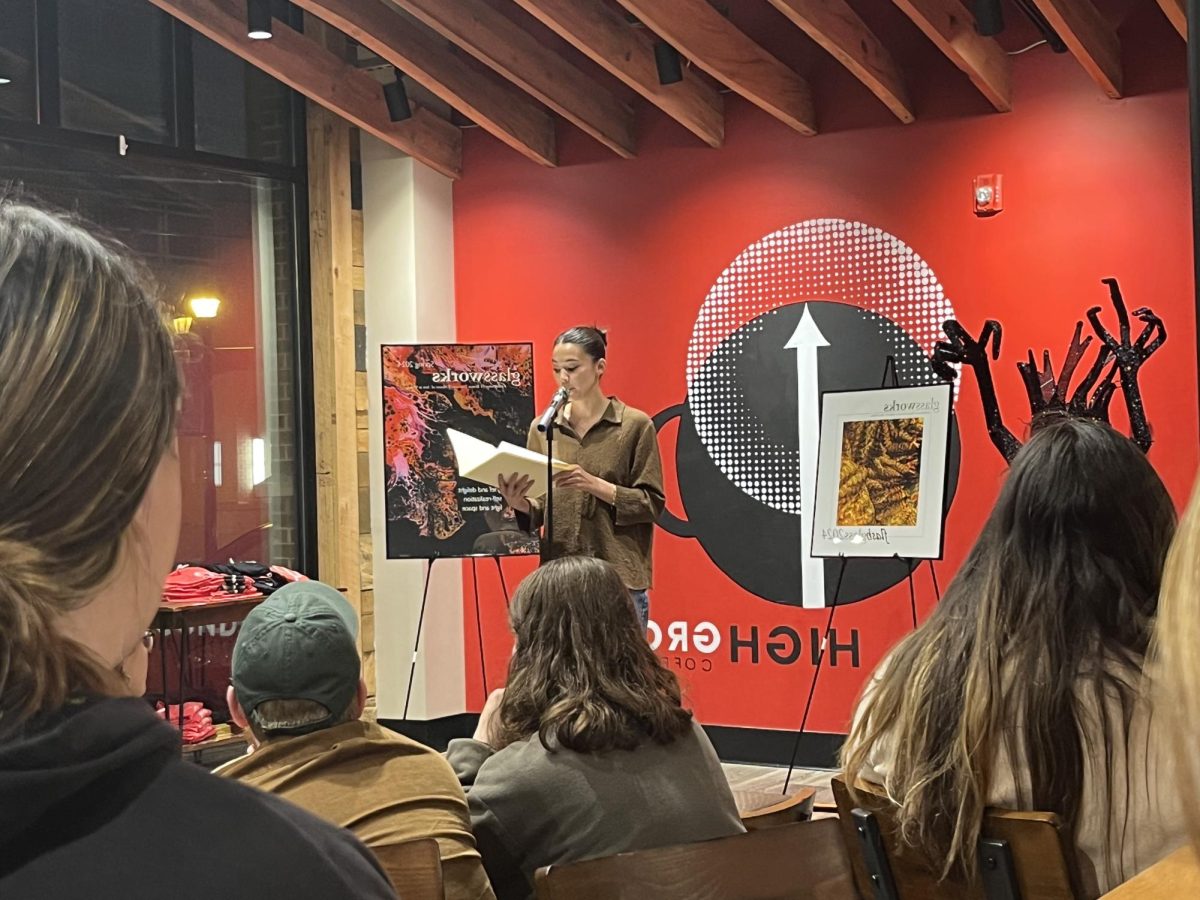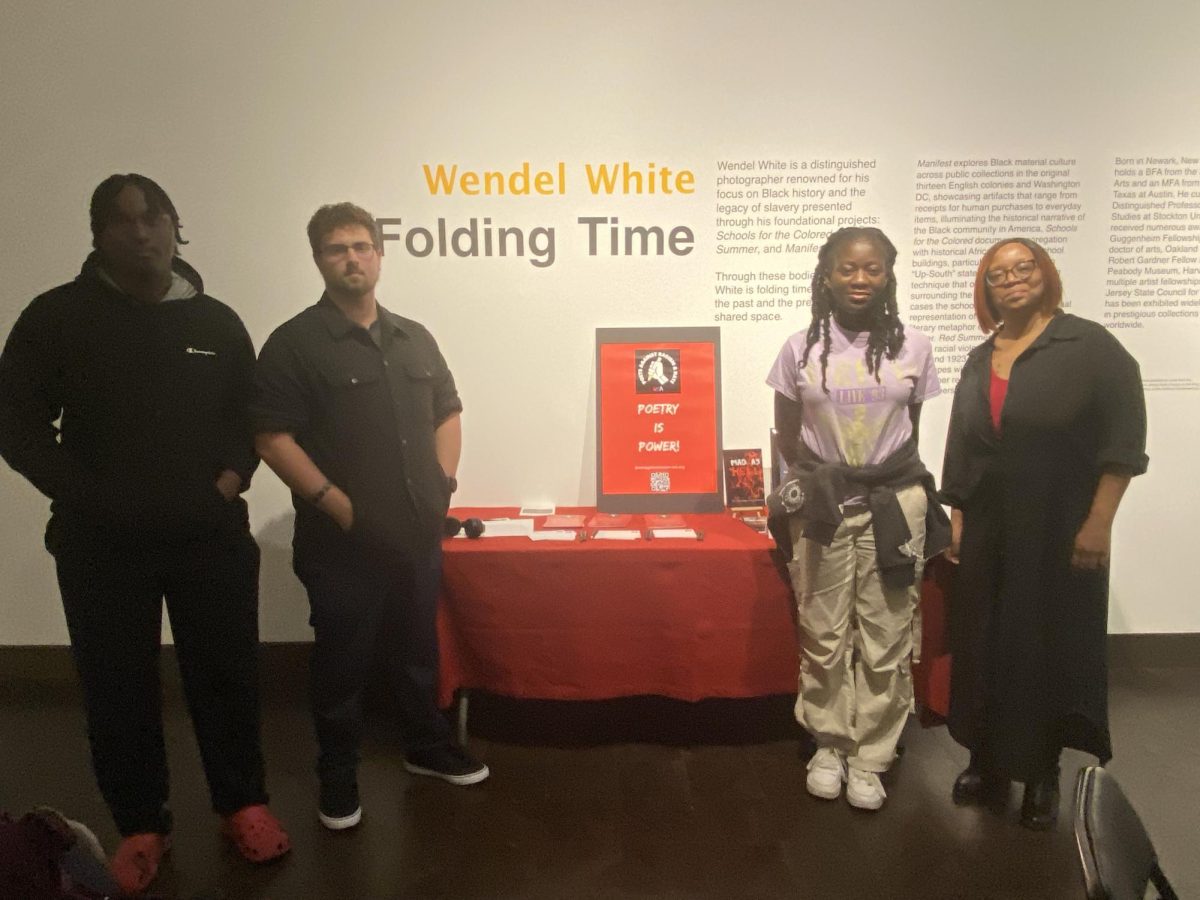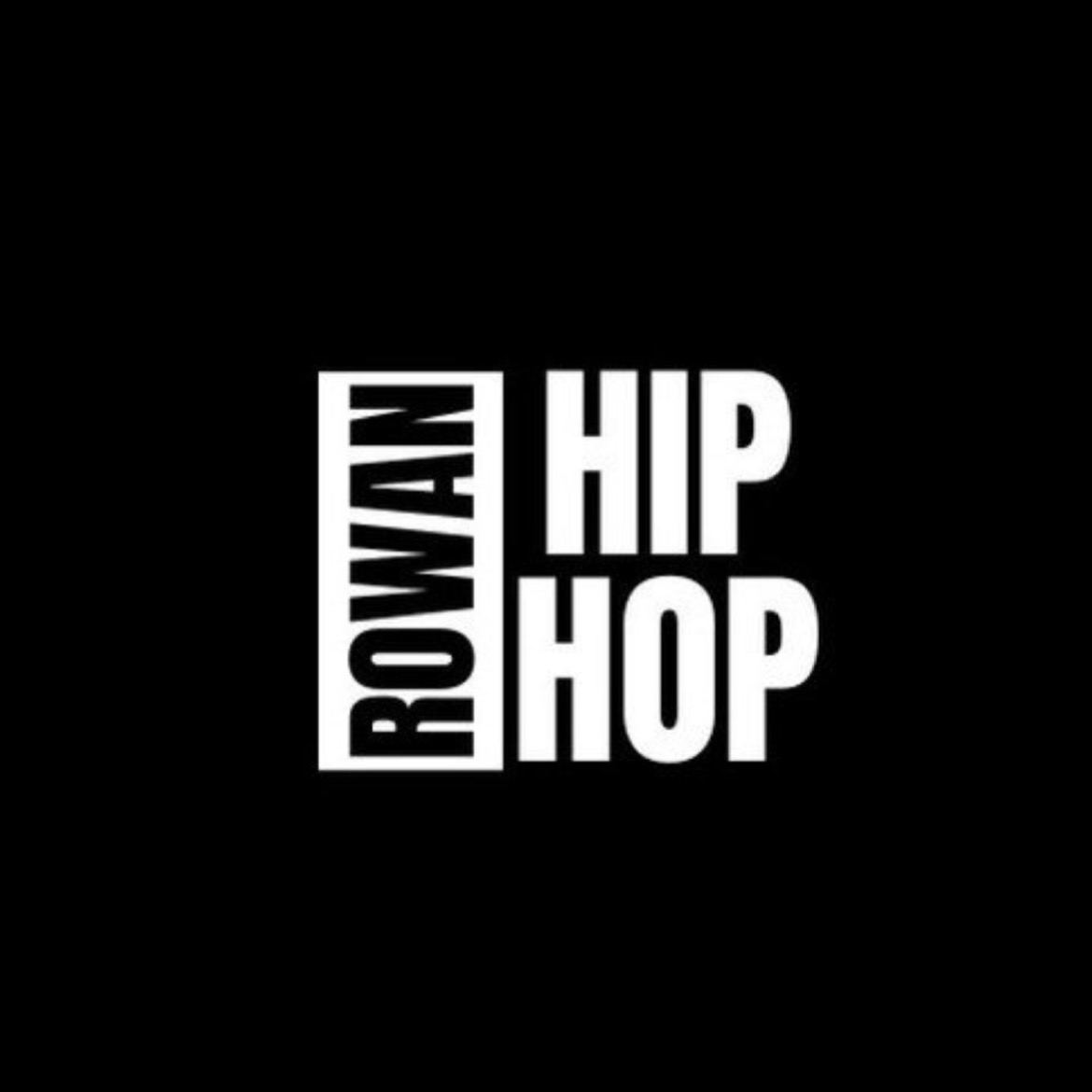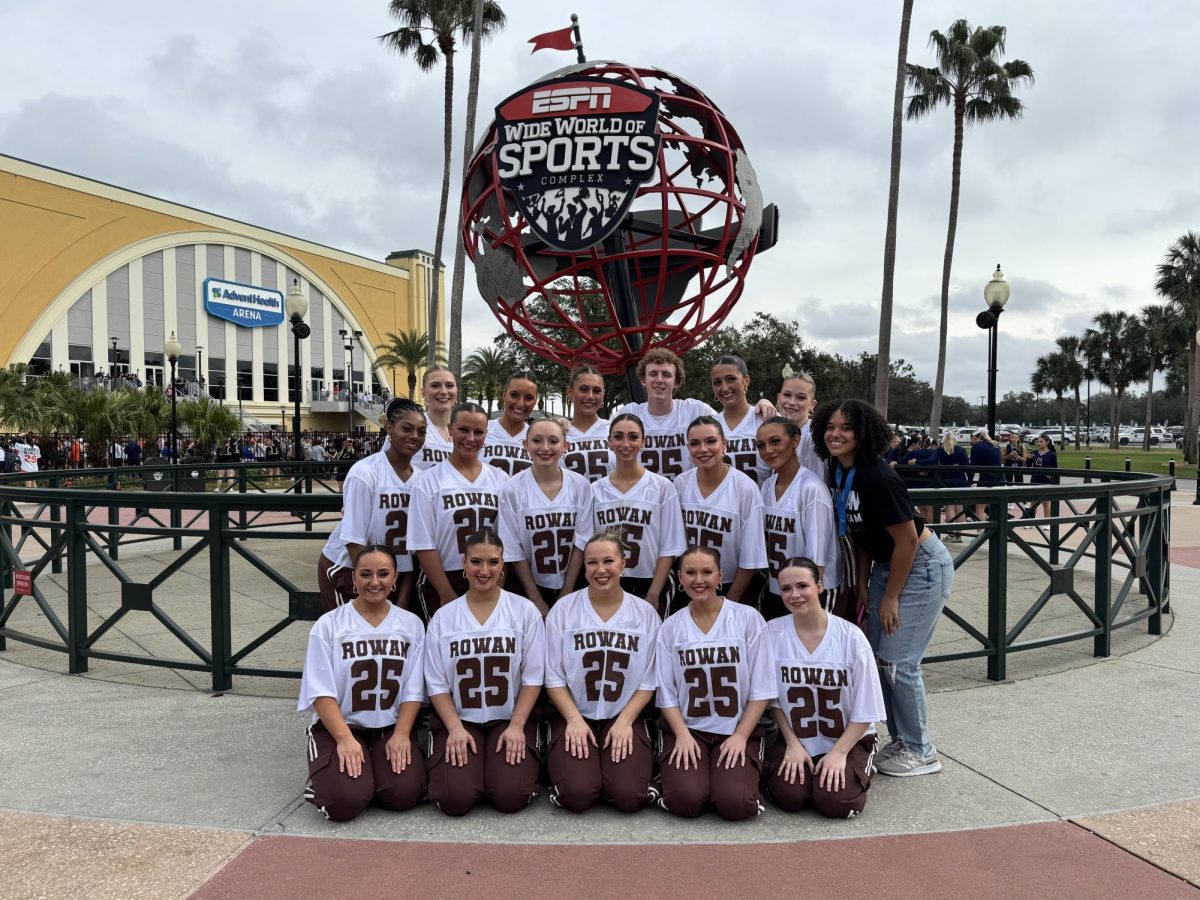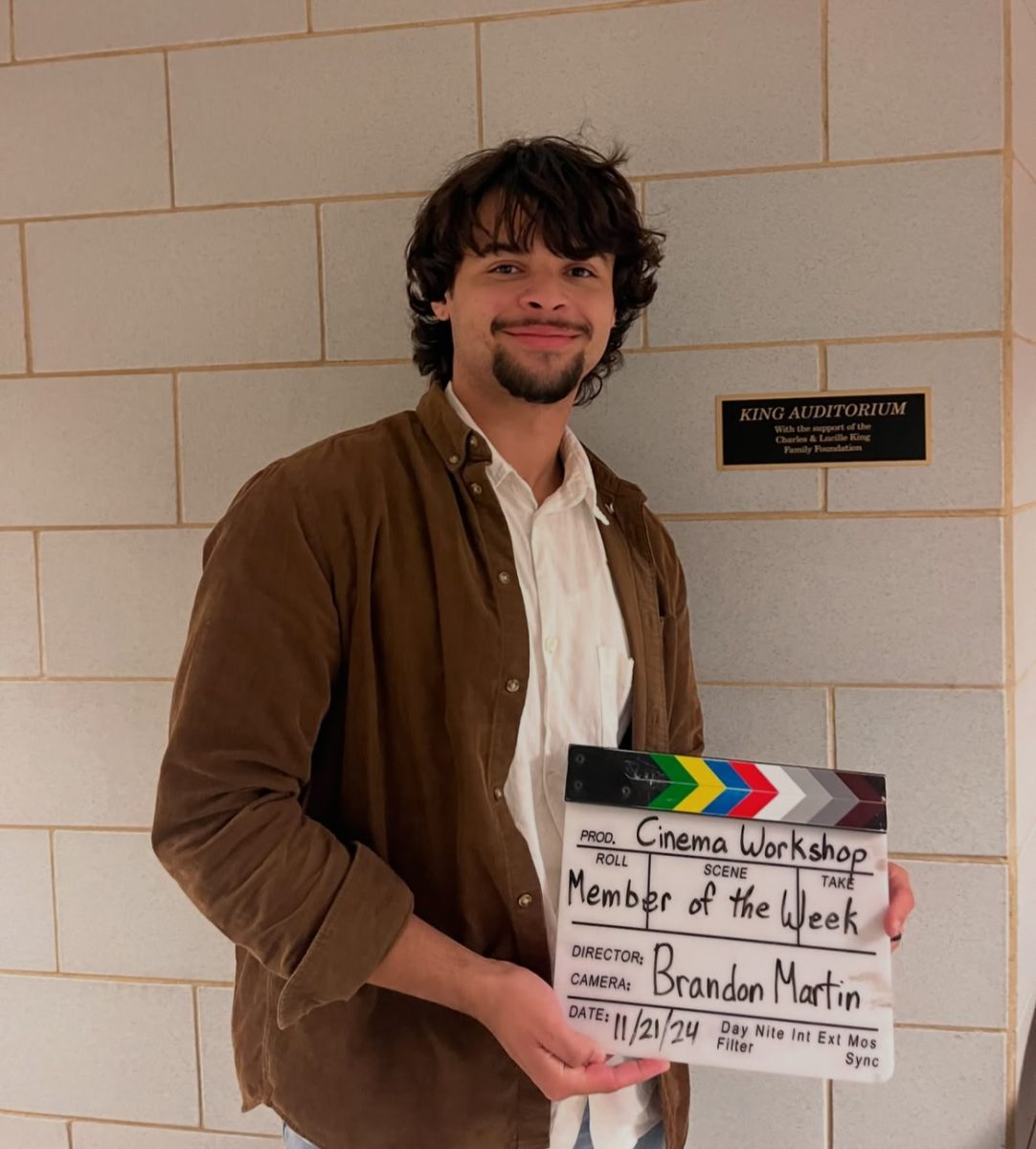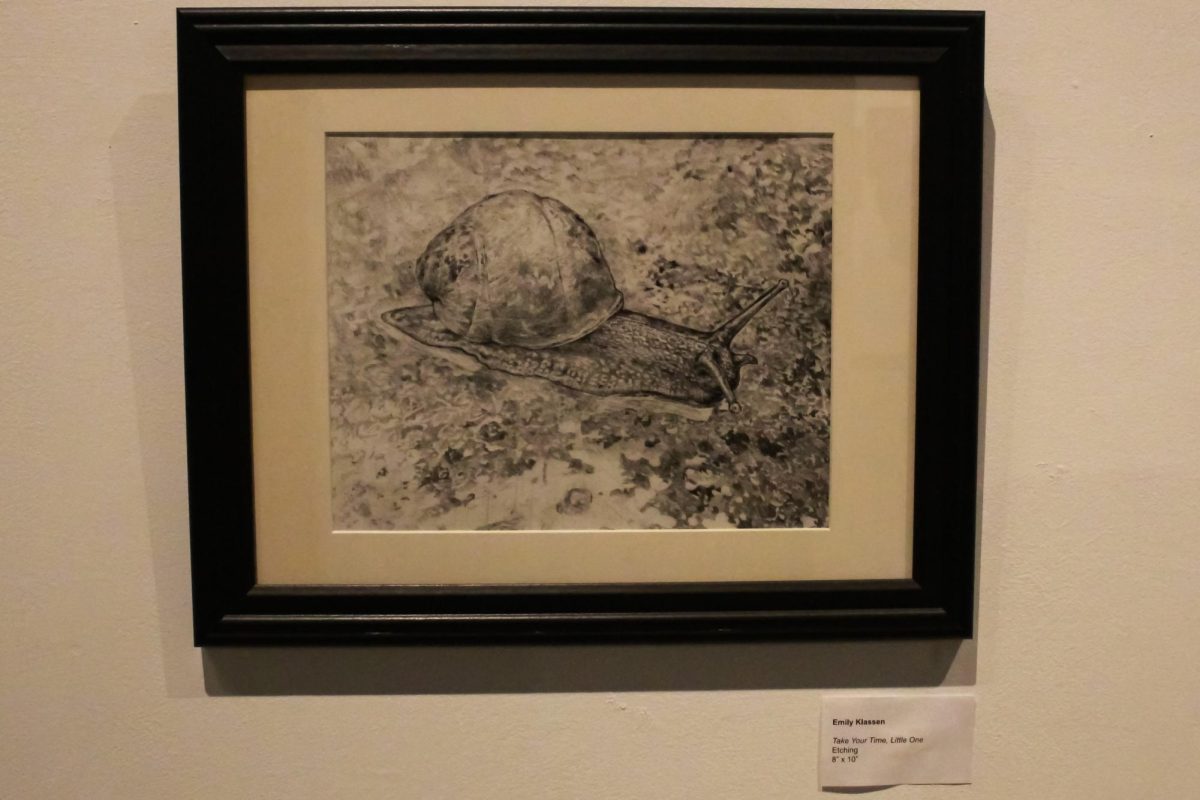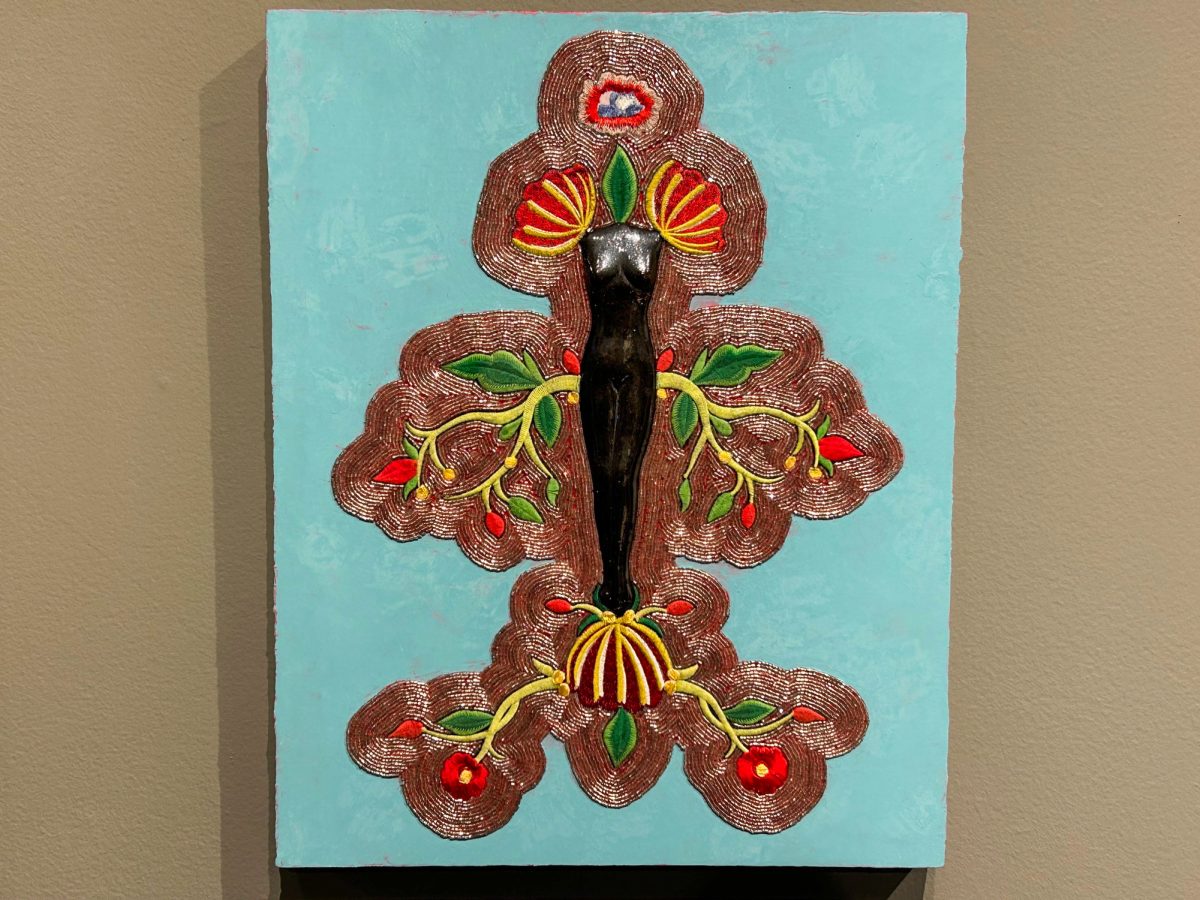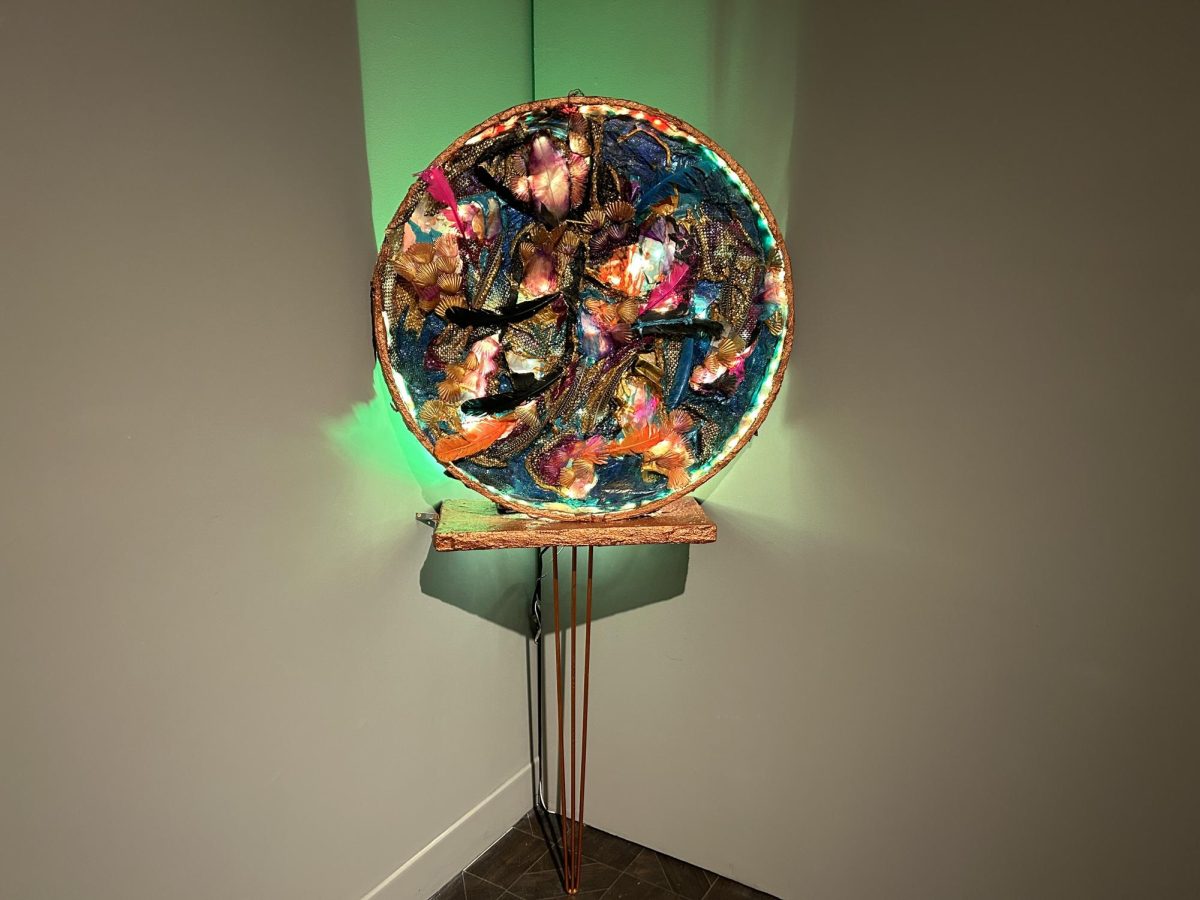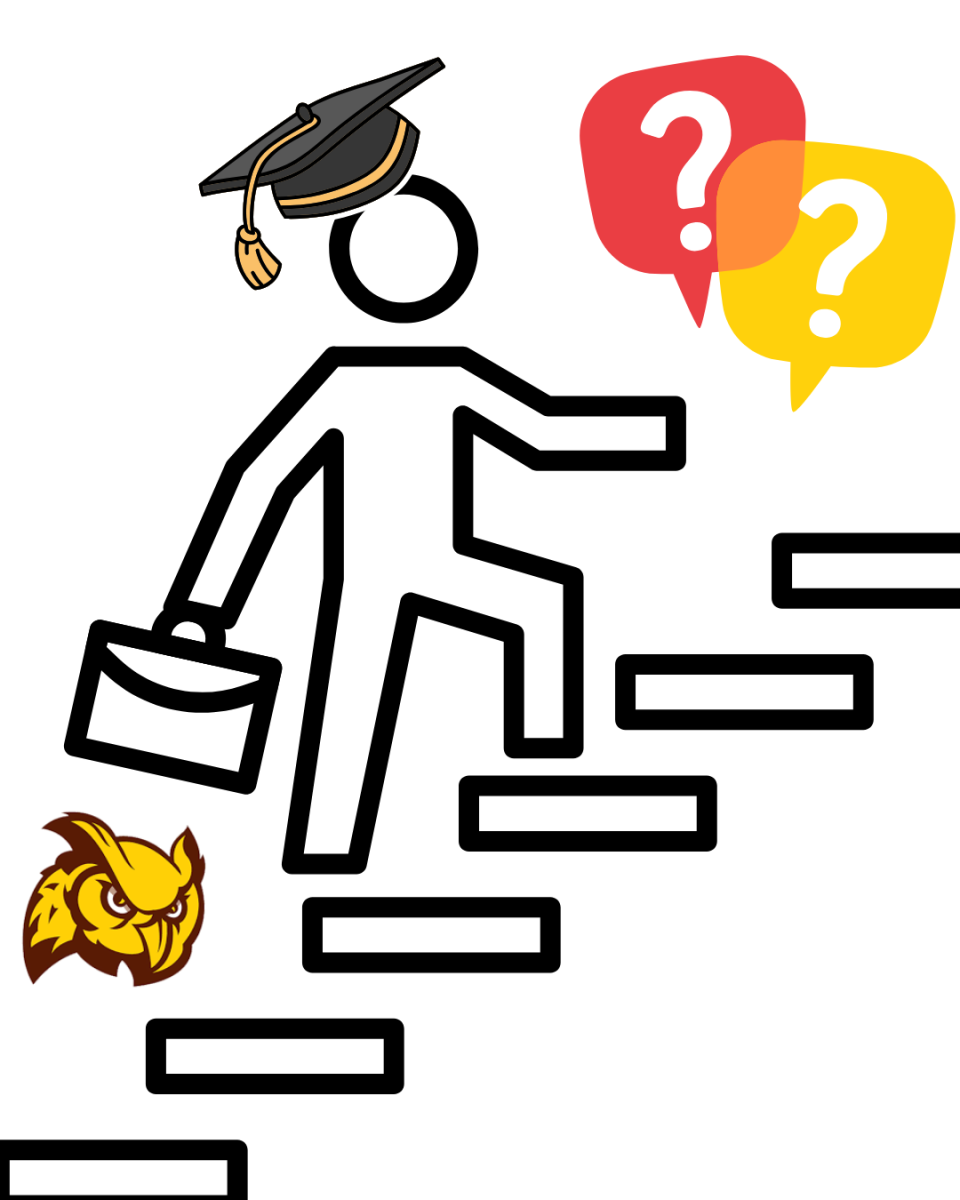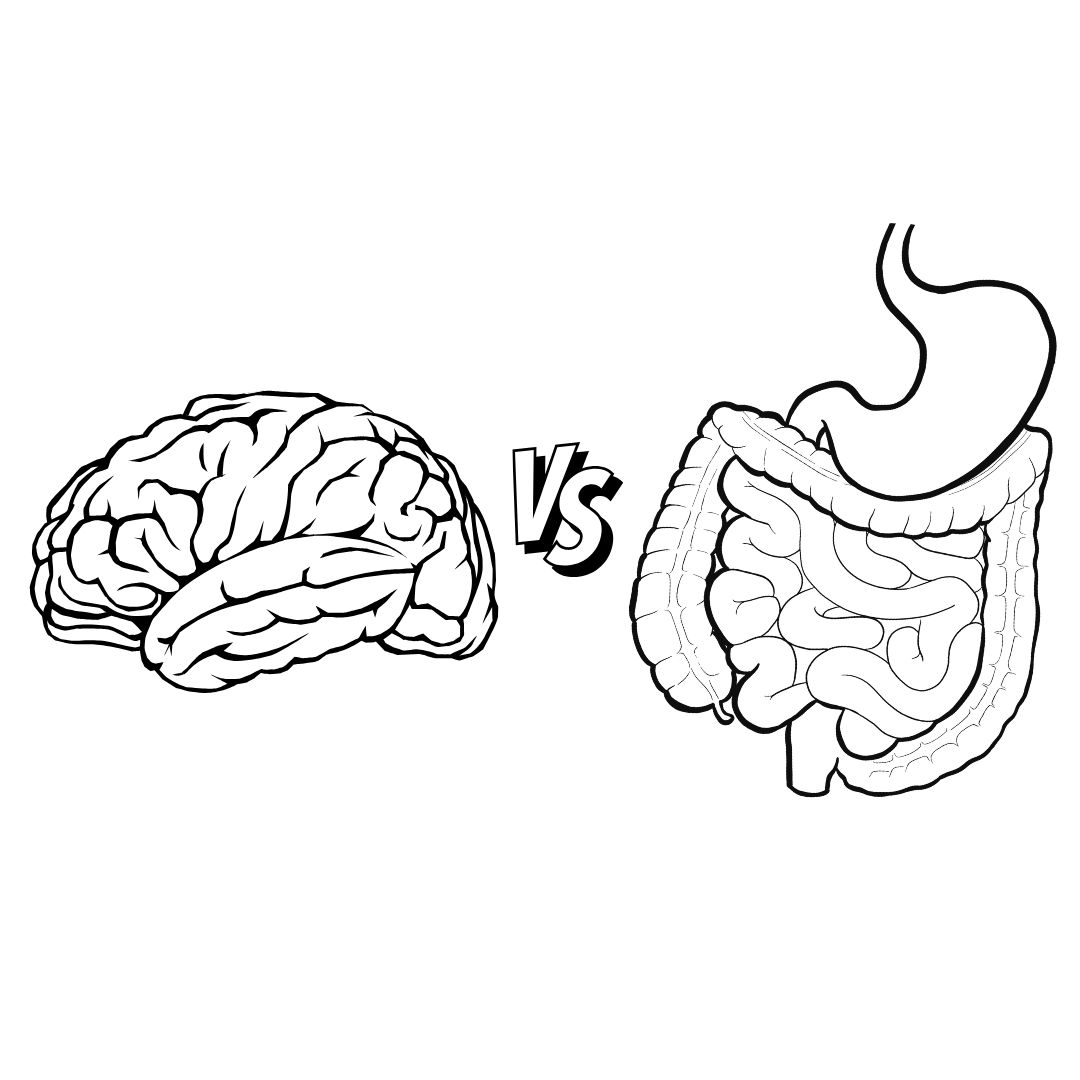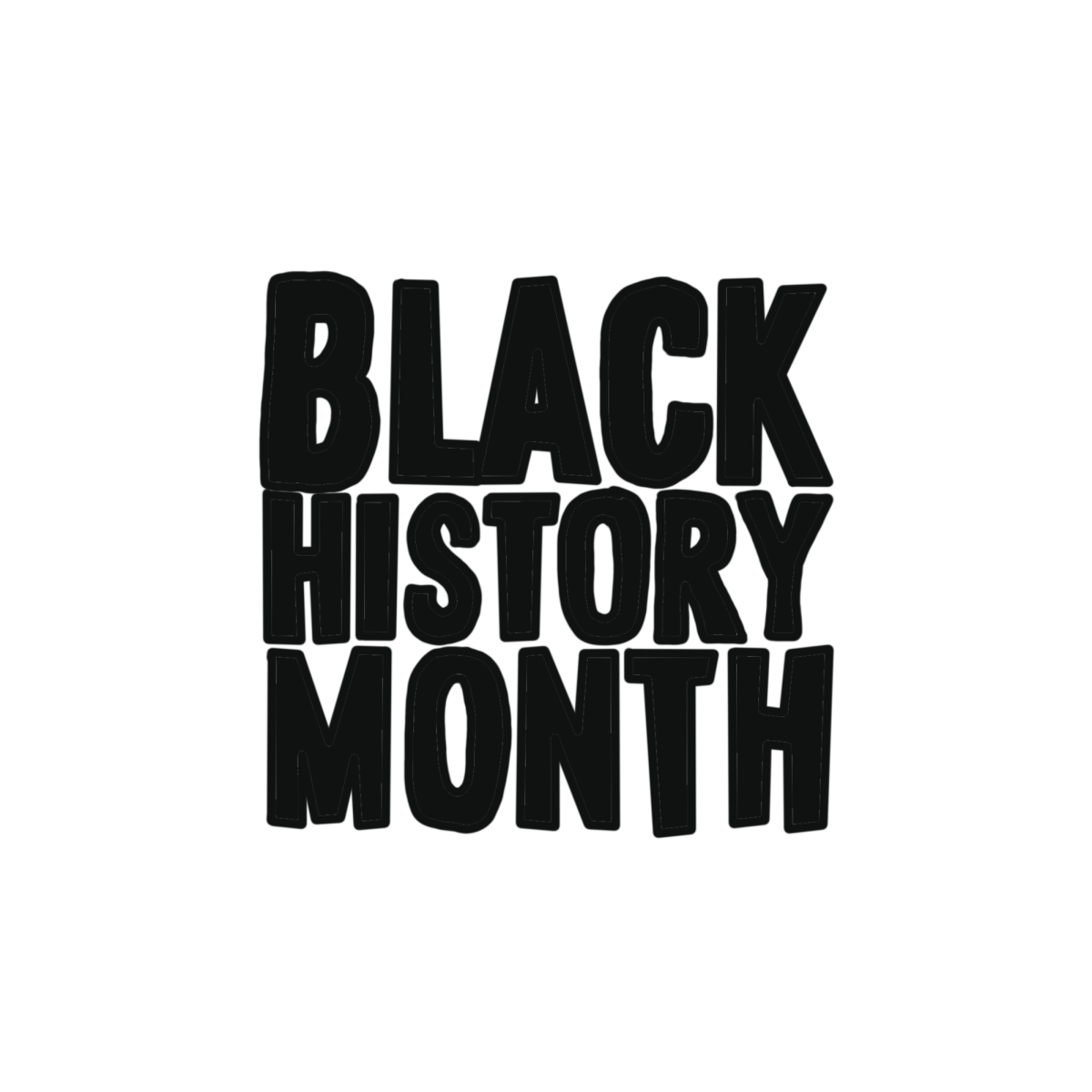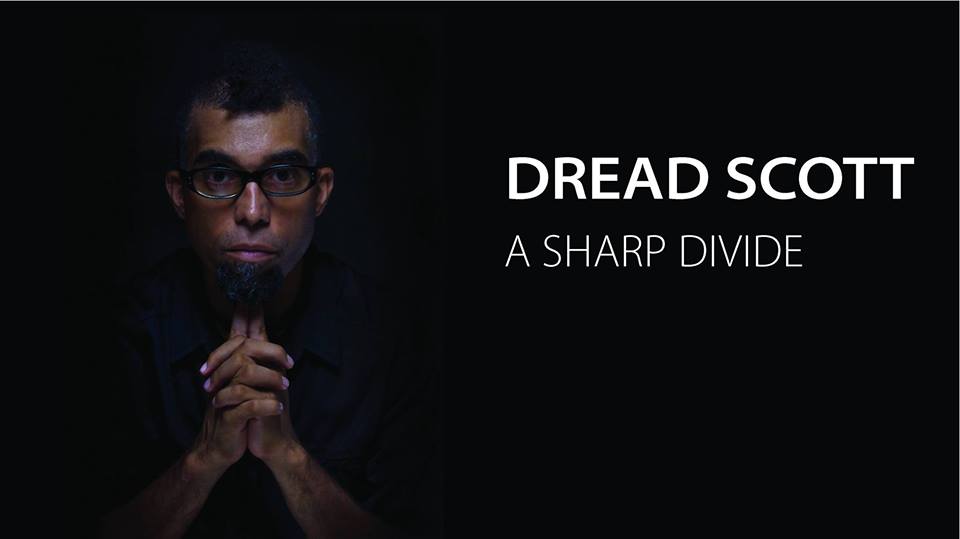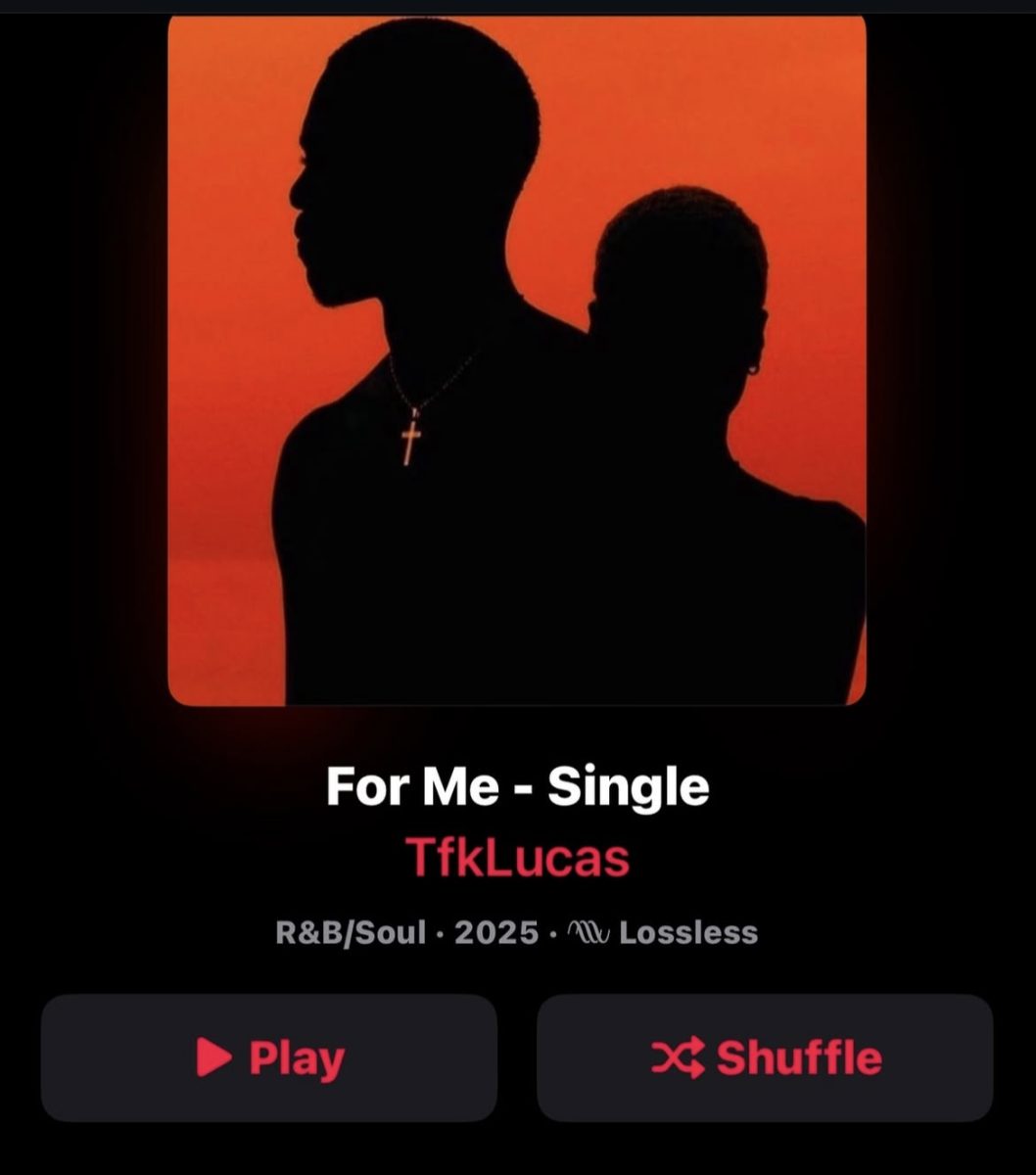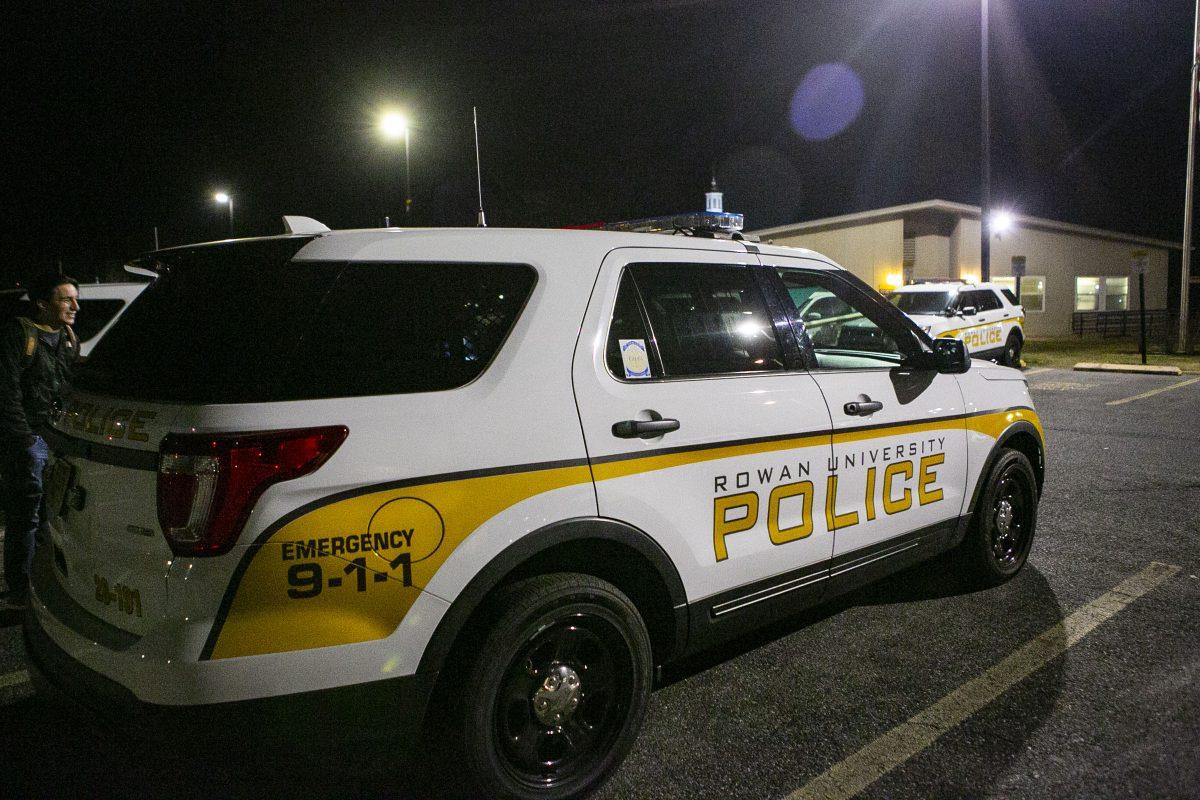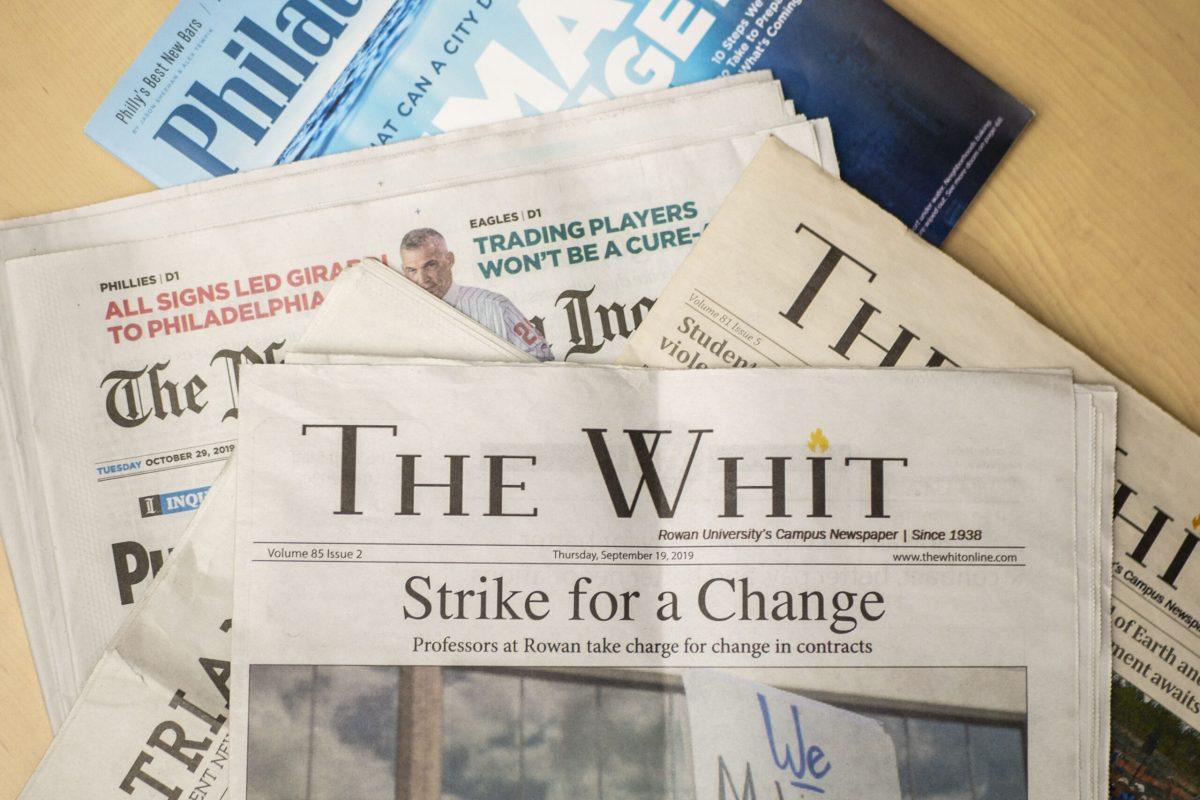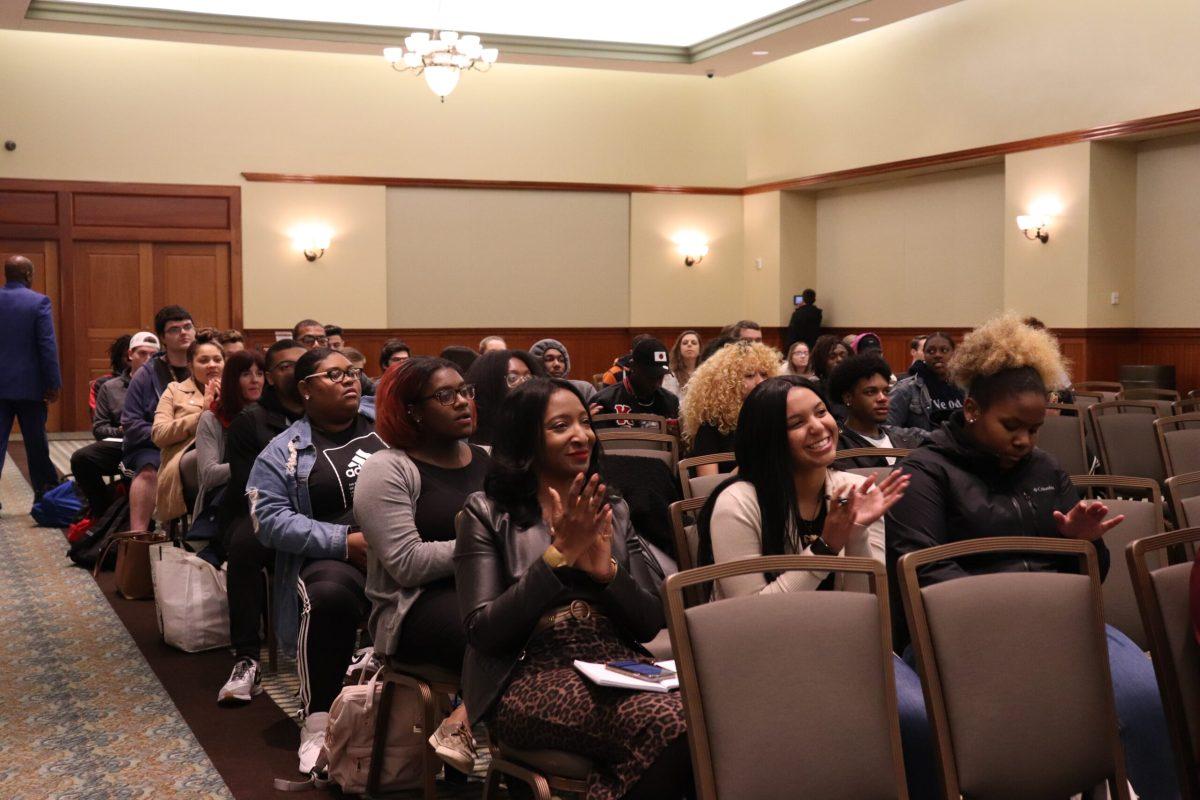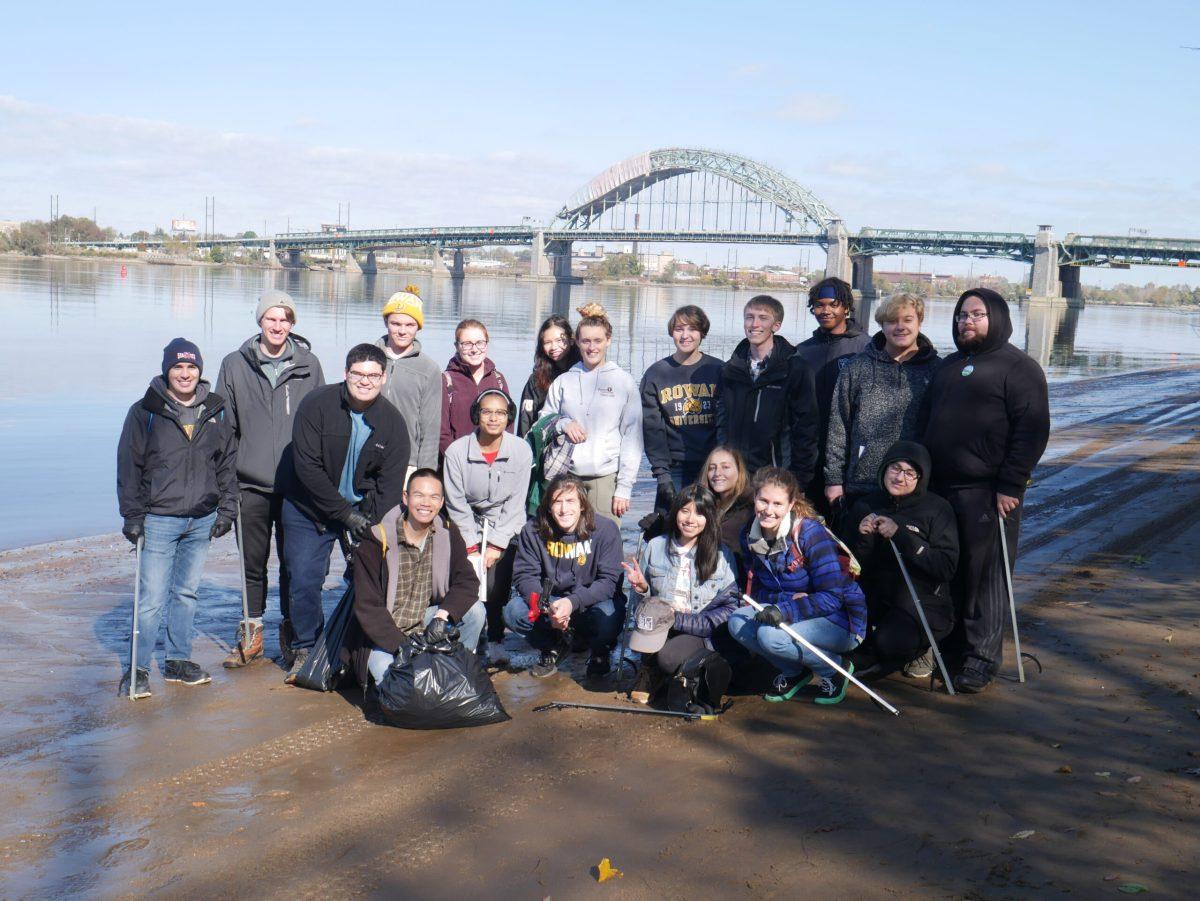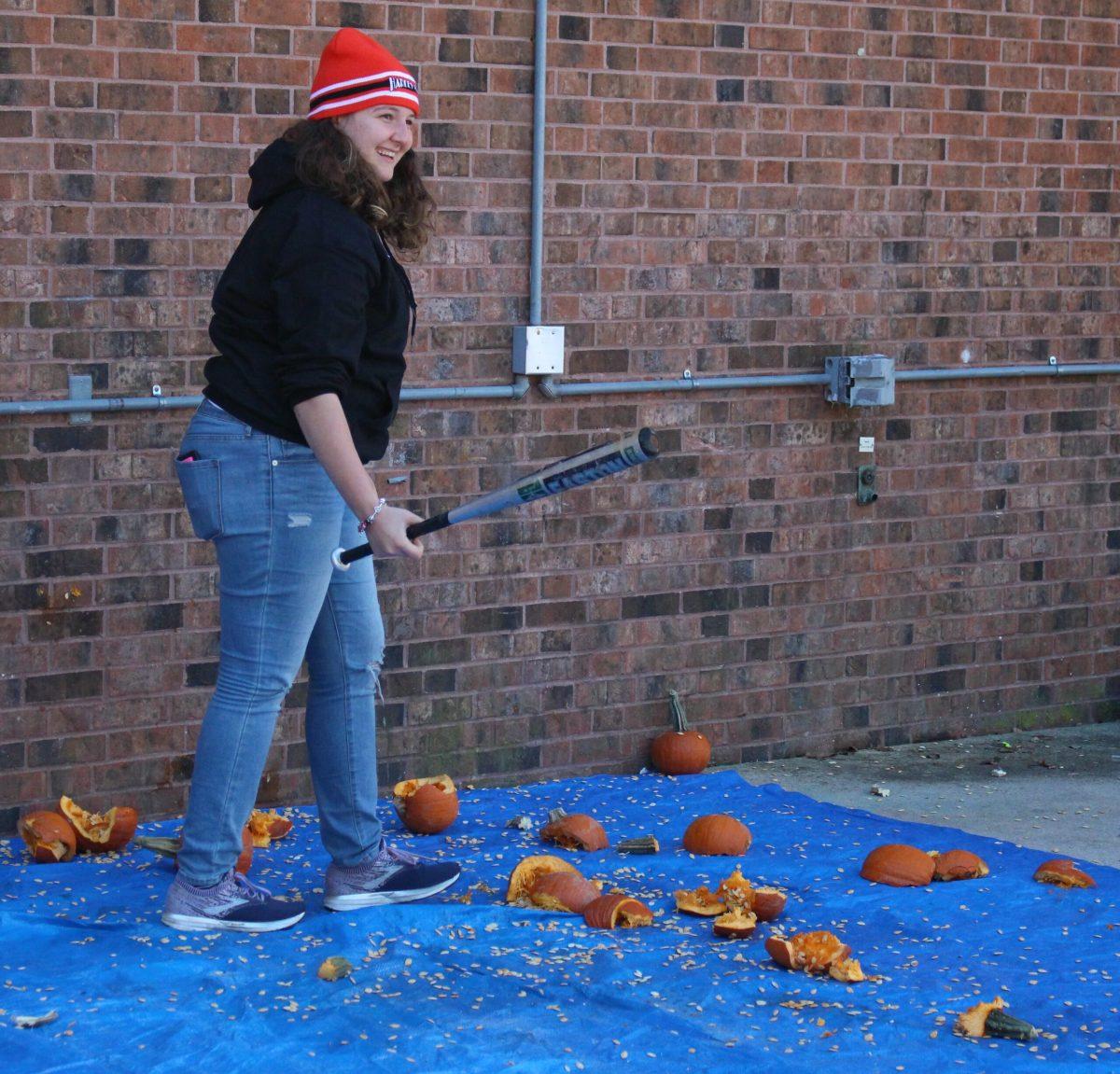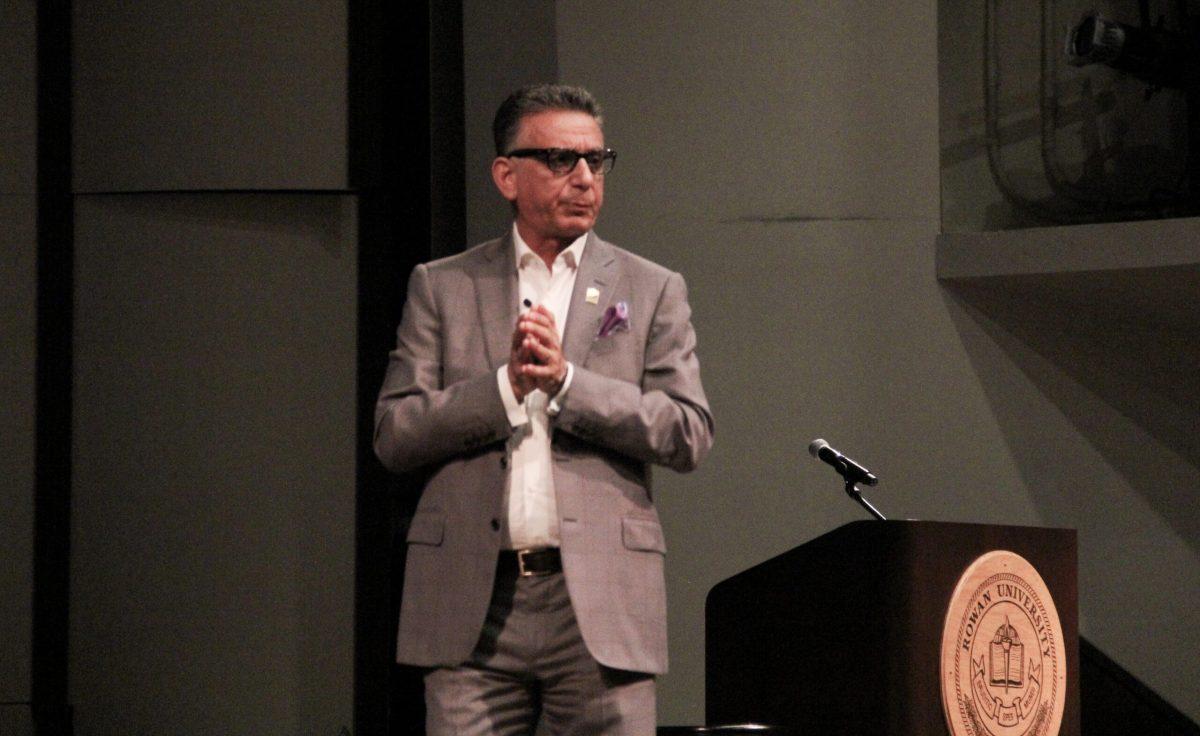Dread Scott’s new exposition “A Sharp Divide,” on display now in the Rowan University Art Gallery at 301 High St., is a beautiful, yet provocative look at contemporary American issues.
Focusing on recently politicized topics such as the experiences of people of color in America, Scott immerses visitors in his art with voice, sound, and imagery to create a faux reality inside the small display.
“The problem ain’t that there’s too much violence. The problem is that all the violence is coming down on us; and there ain’t enough violence going up against the system,” recites a voice-over from artist Dread Scott in one of his pieces.
Scott utilizes radical art in an attempt to elicit reflection of not only oneself but America as a whole – art which in turn is attempting to create radical change.
Stepping into the gallery, visitors are struck by a monolithic column upon which Dread Scott’s name and “A Sharp Divide” are finely written into the wall, thus effectively declaring the emotion of the room: despair.
Toward the right wall, the NAACP’s Criminal Justice Fact Sheet appears engraved into the white wall in bold black letters.
This introduces Scott’s most interesting mechanical device, of thrusting the viewer into the art, therefore making the viewer an active participant. By doing so, Scott brings forth the complex questions that stalk today’s communities.
This style is displayed in Scott’s piece “Harmed & Dangerous.”
The piece invites the viewer to sit down in a faux prison booth and pick up the phone precariously rested upon its receiver. The voice that comes through is none other than Scott’s; the voice recording is nothing more than a dramatization of written violence performed by Scott himself.
In the heart of the gallery, angled projectors cast a display of six young men from Brooklyn and Liverpool. The unknown men stare at each other, through the viewer, as they retell the number of times they have been stopped by the police.
Scott uses space to insert the attendee alone between the six men, whom at moments appear to be jockeying for the crown of greatest number of law-enforcement confrontations.
Toward the very back of the gallery stand a series of photos with text written underneath entitled “American Newspeak… Please feel free.”
Scott encourages the attendees to take a reprinting of the specific art if they too agree with the written statement, but at the cost of one’s explanation as to why they agree with the written message.
The takeaway from Scott’s art could be more precisely surmised by gallery and exhibitions program director Mary Salvante.
“We hope through this exhibition that visitors will have a greater awareness and appreciation for these issues and a better appreciation for activists’ art and artists in general and the kind of work they do and what that means.”
For comments/questions about this story, email arts@thewhitonline.com or tweet @TheWhitOnline.

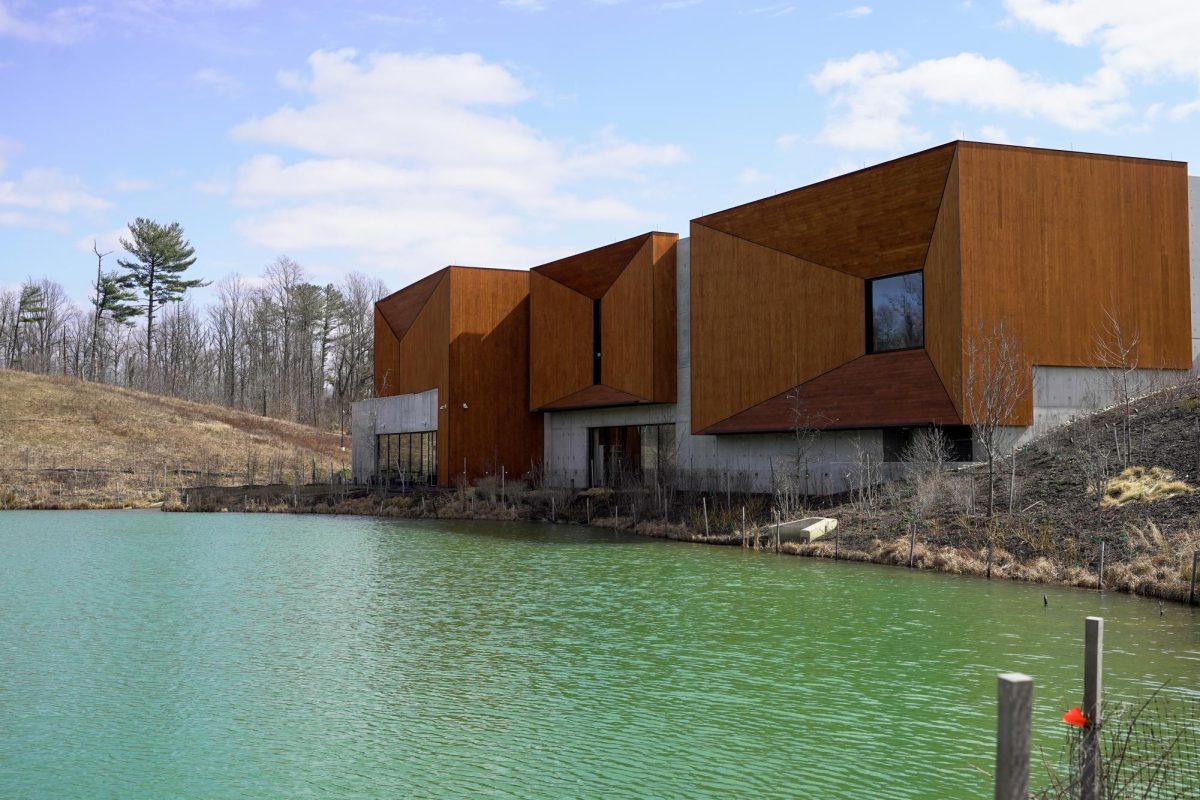
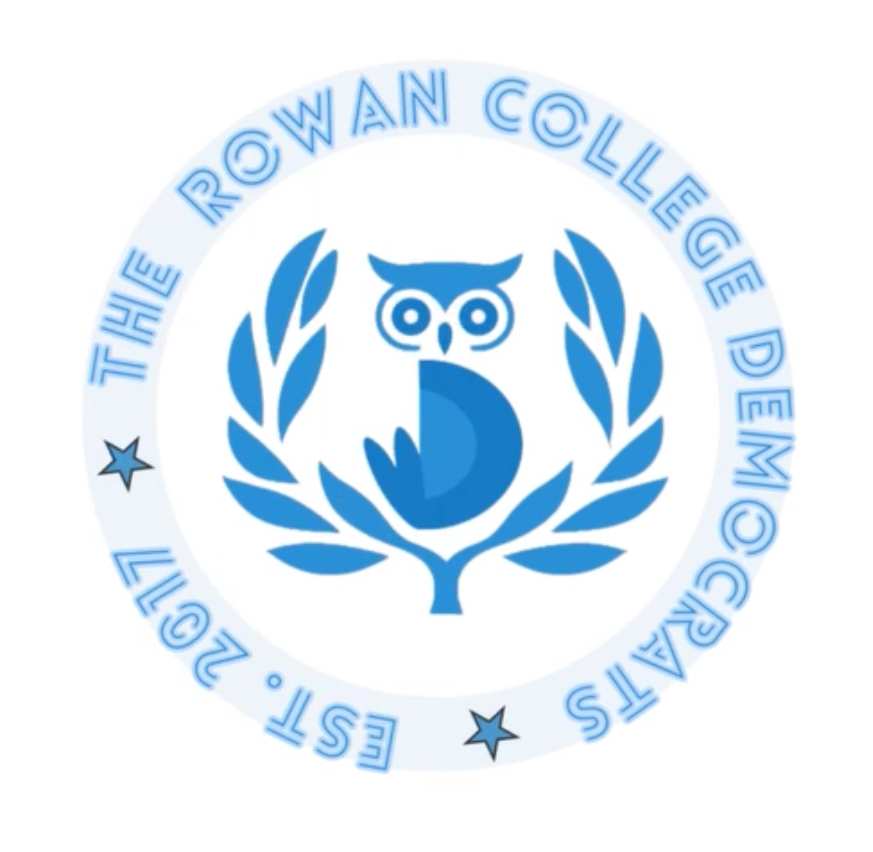
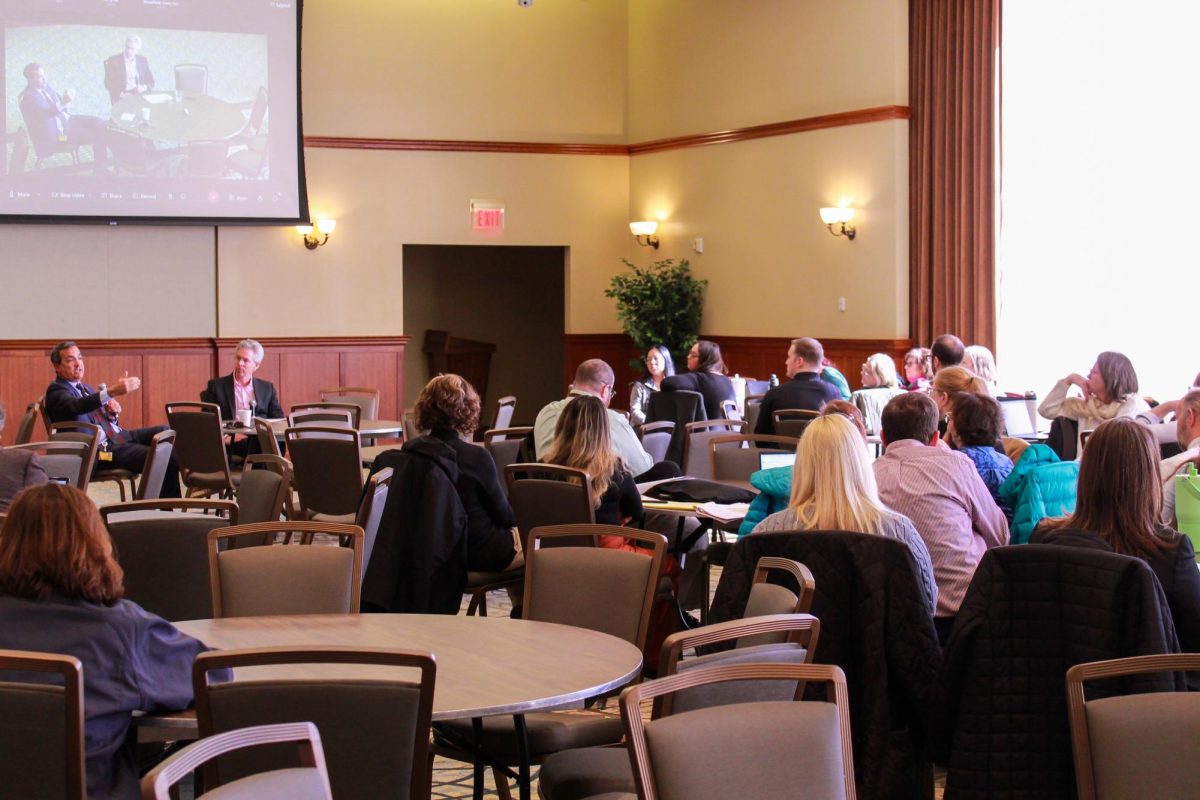


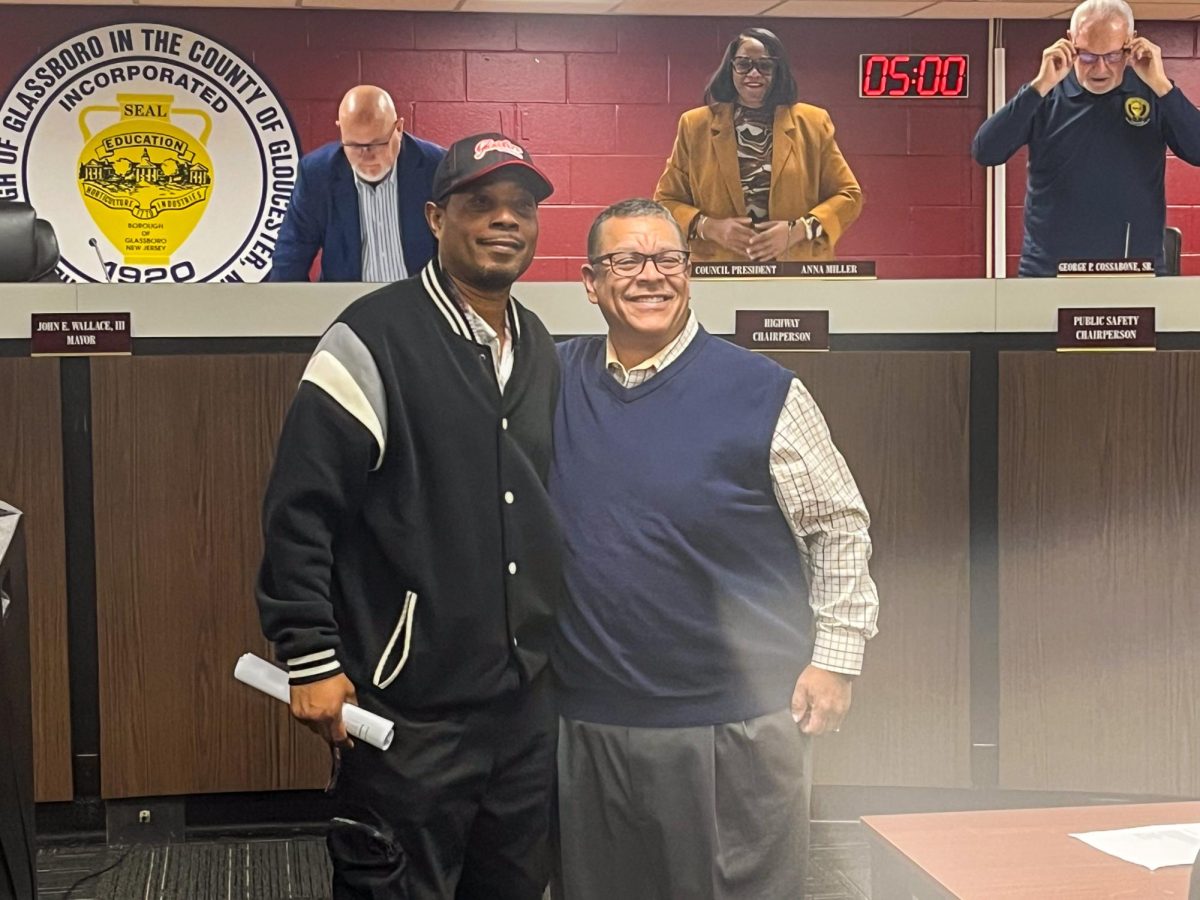
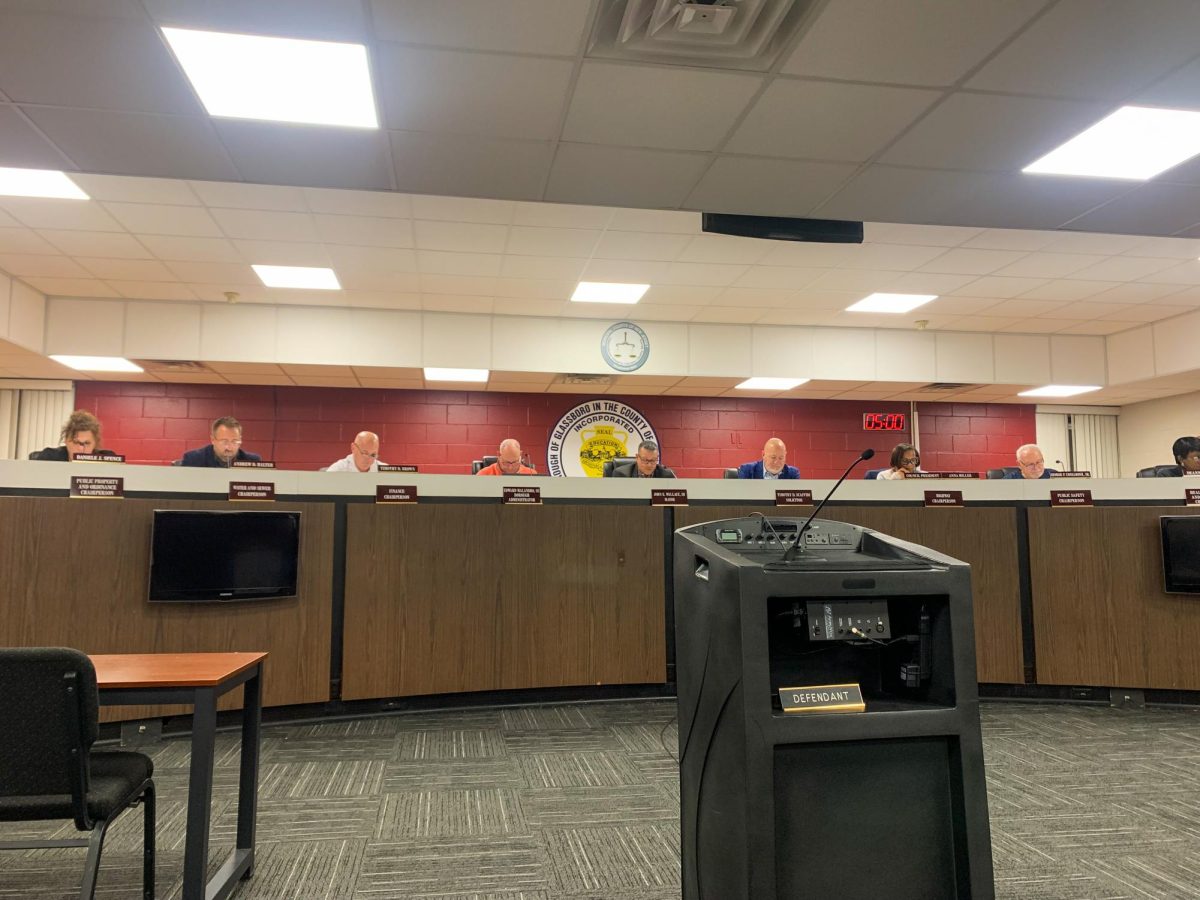
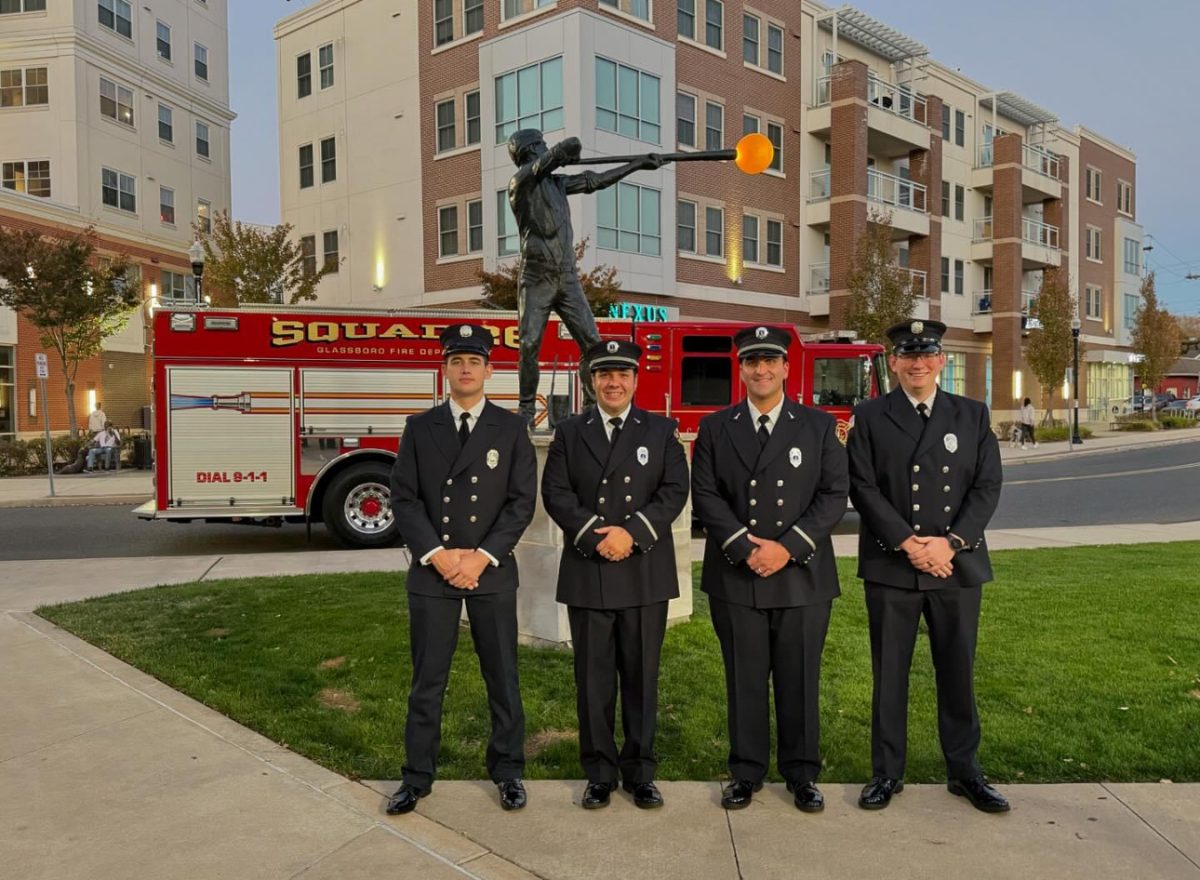






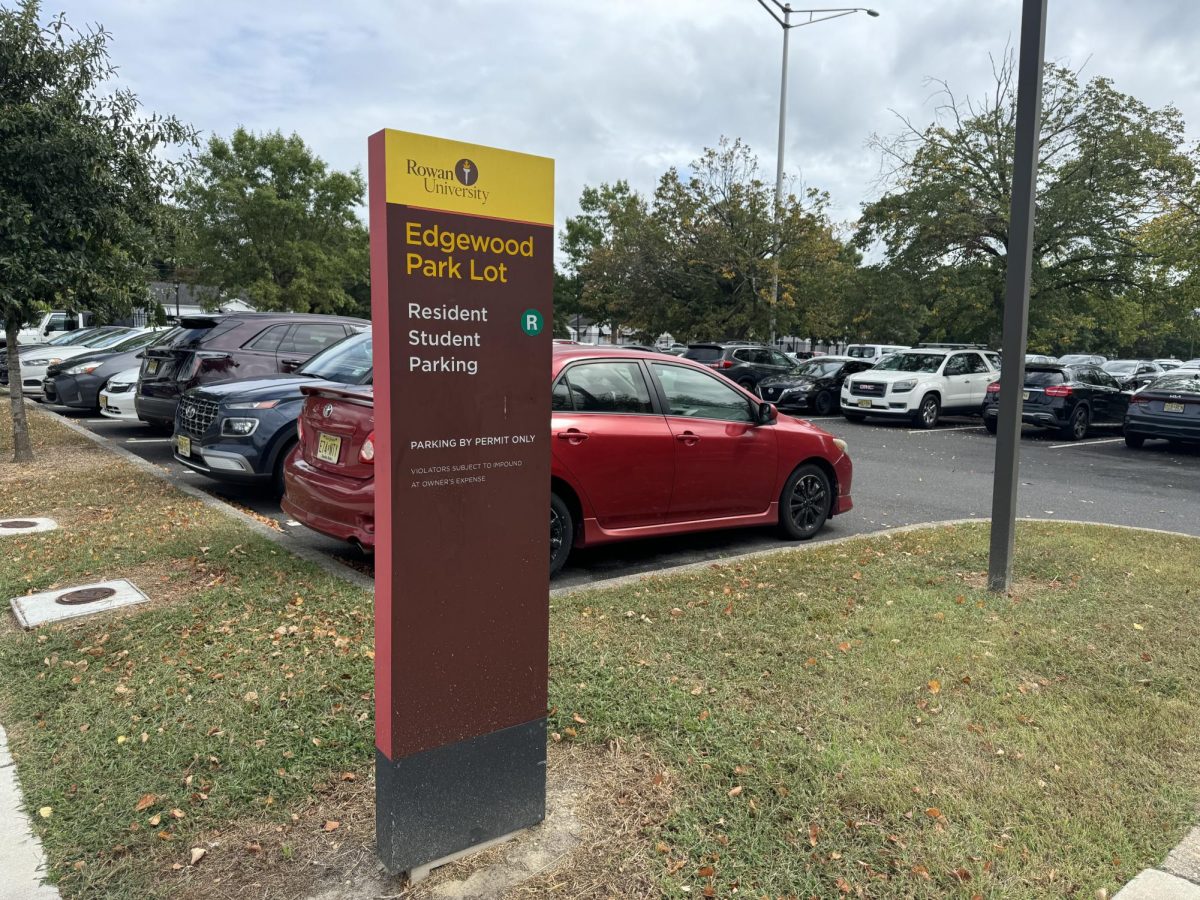

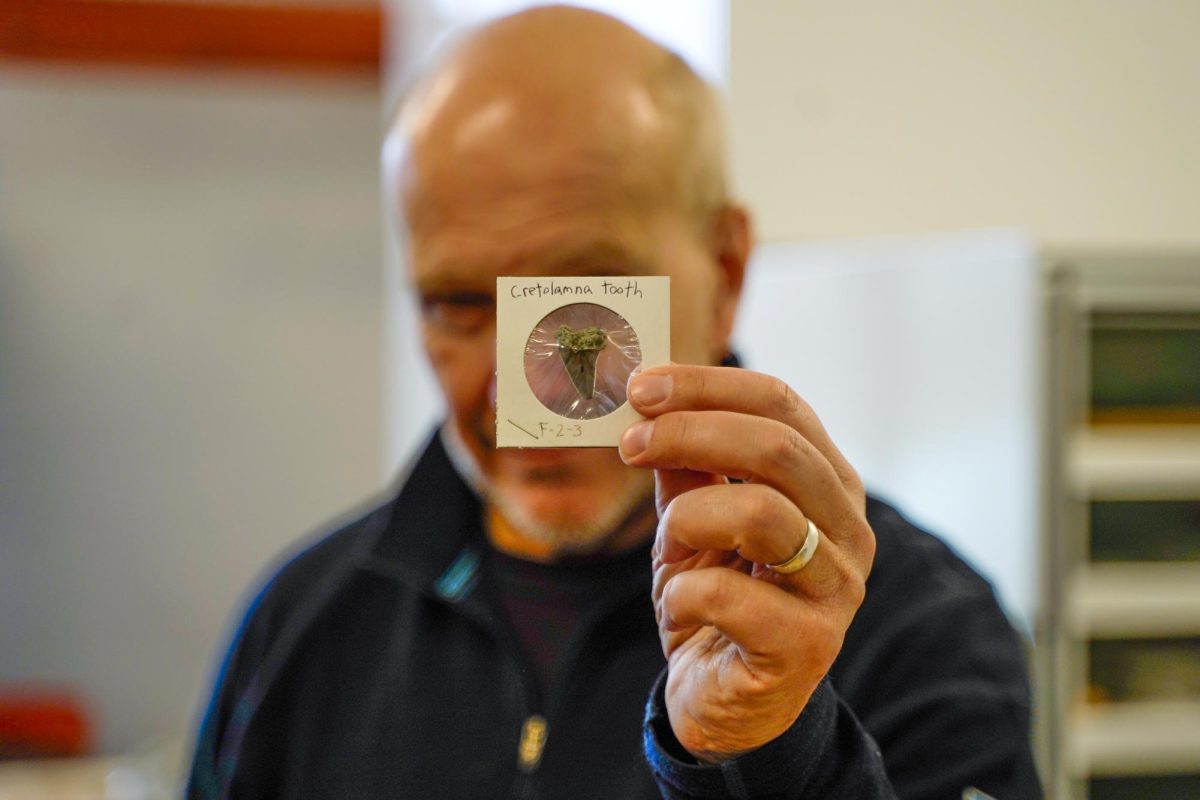
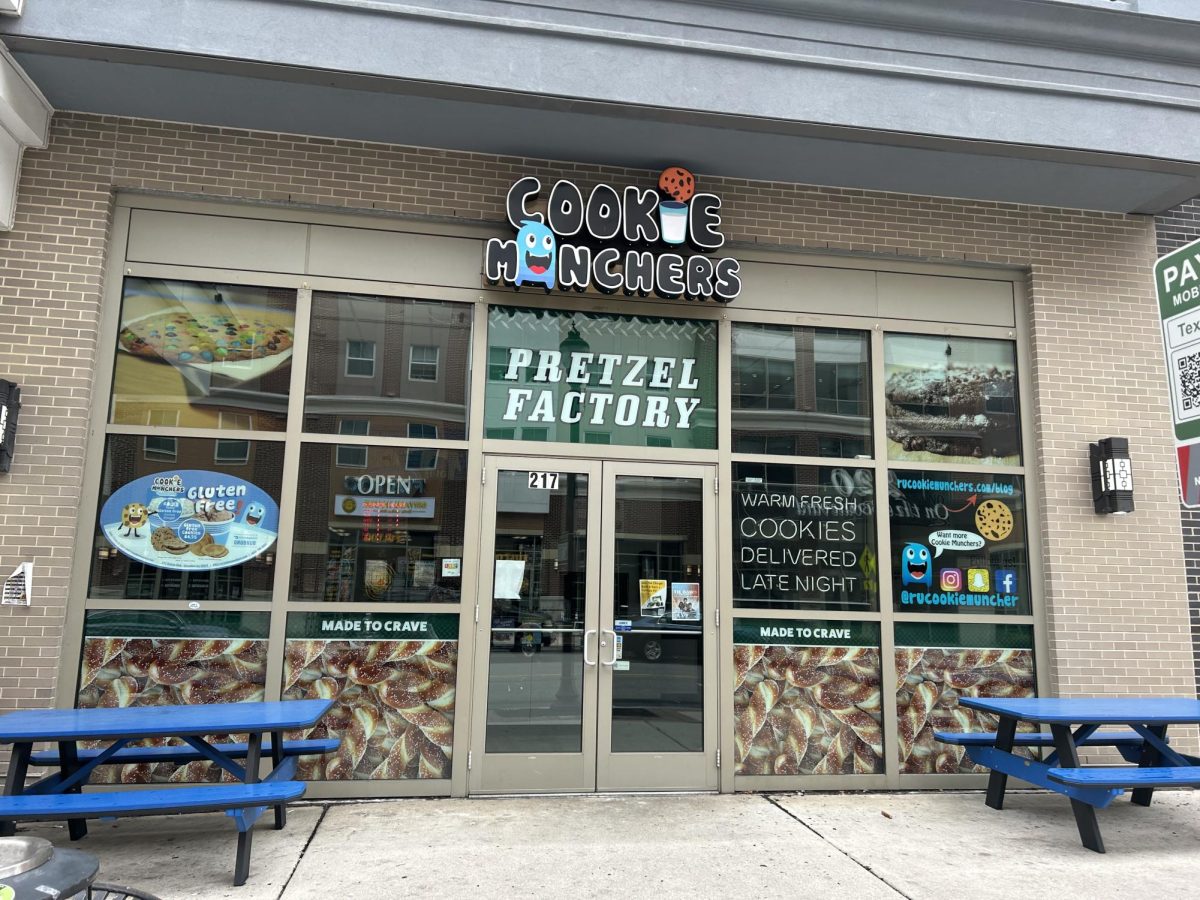
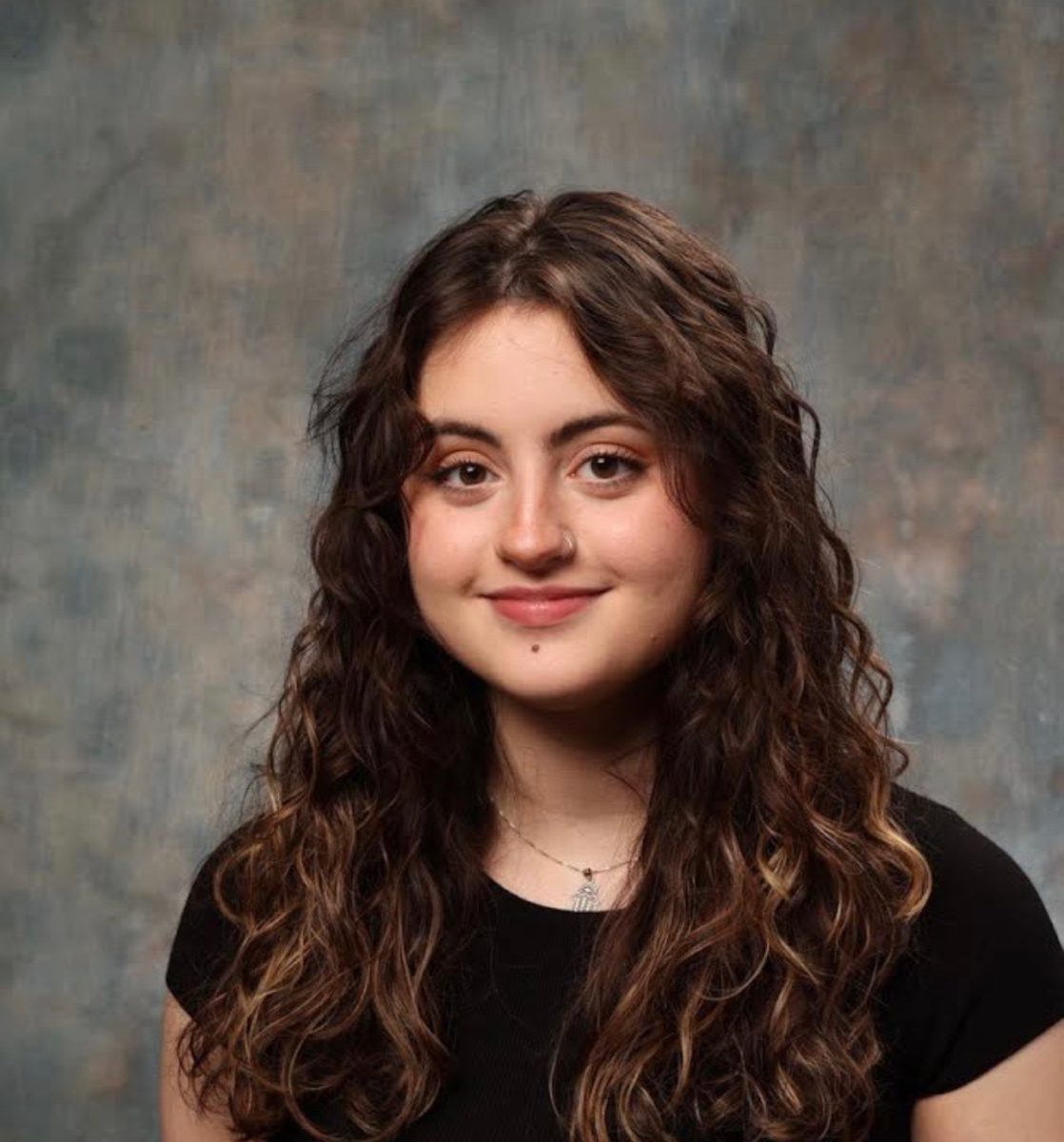

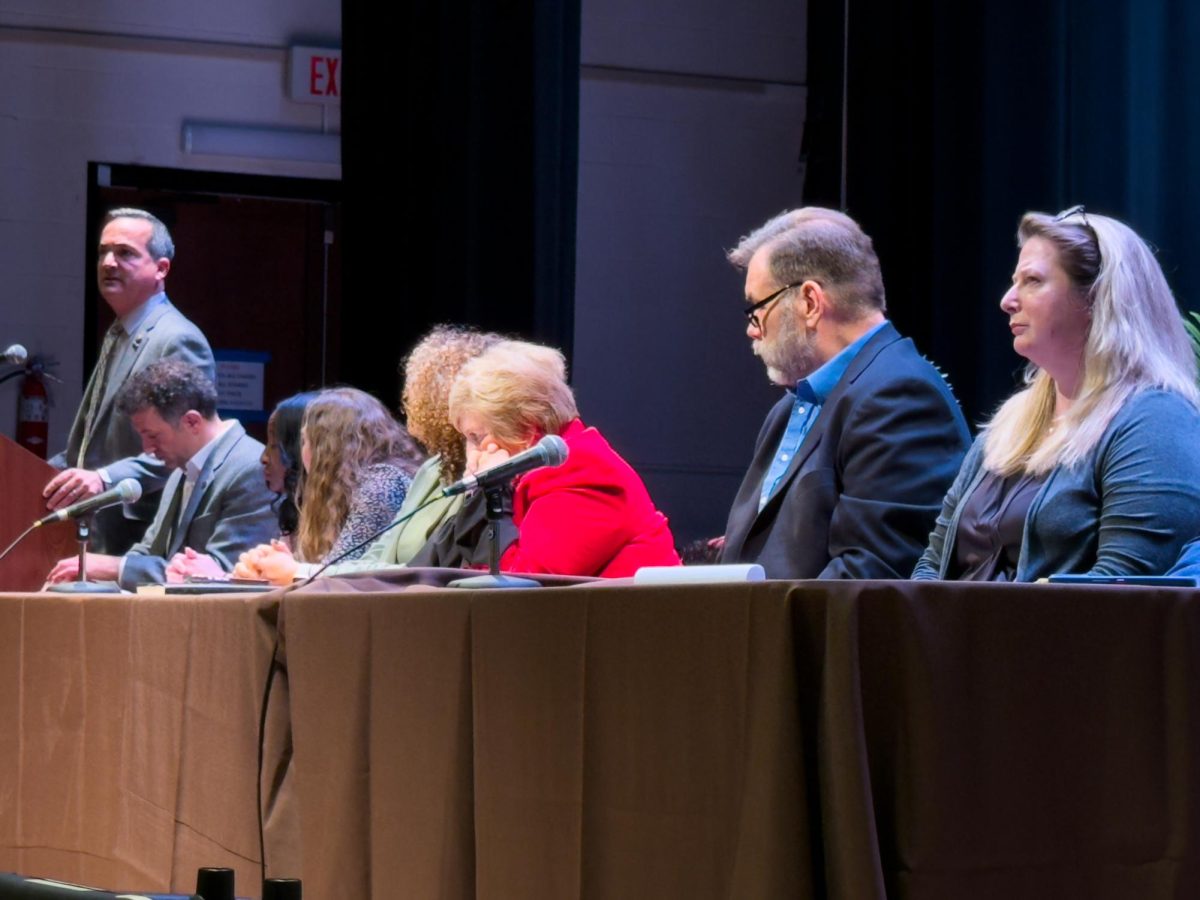










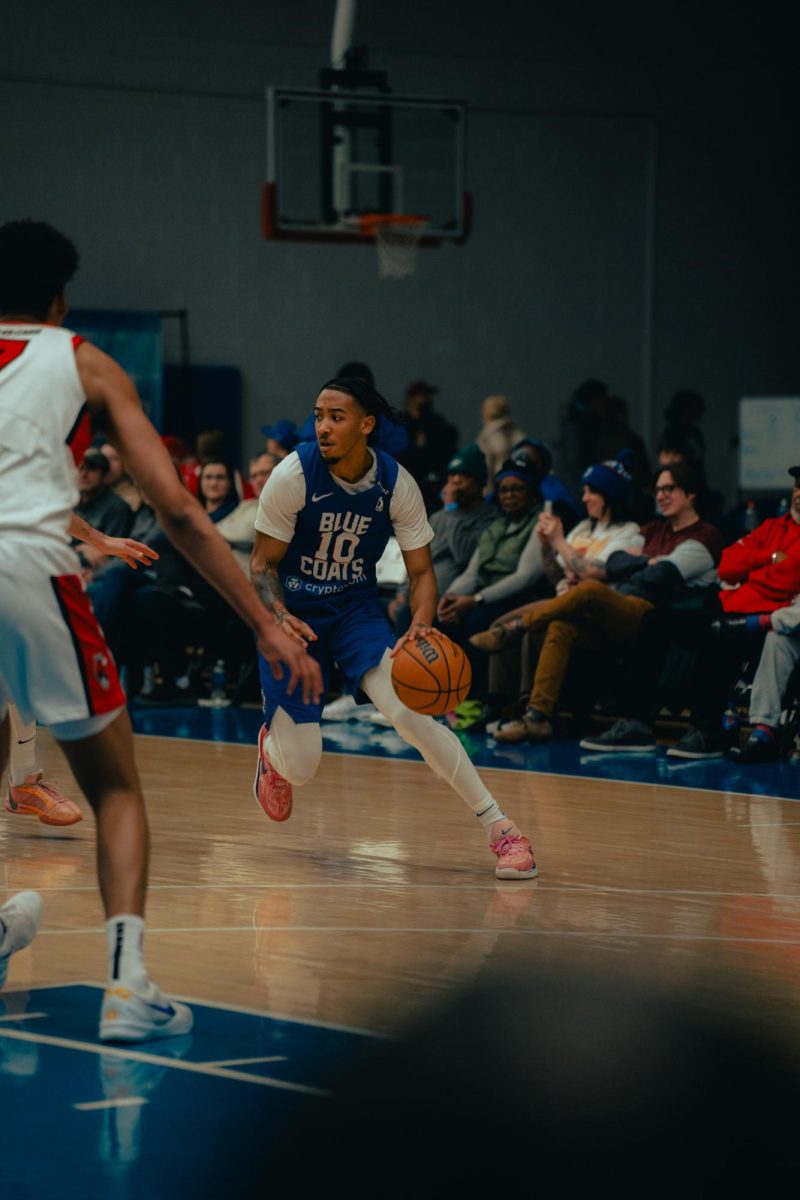



































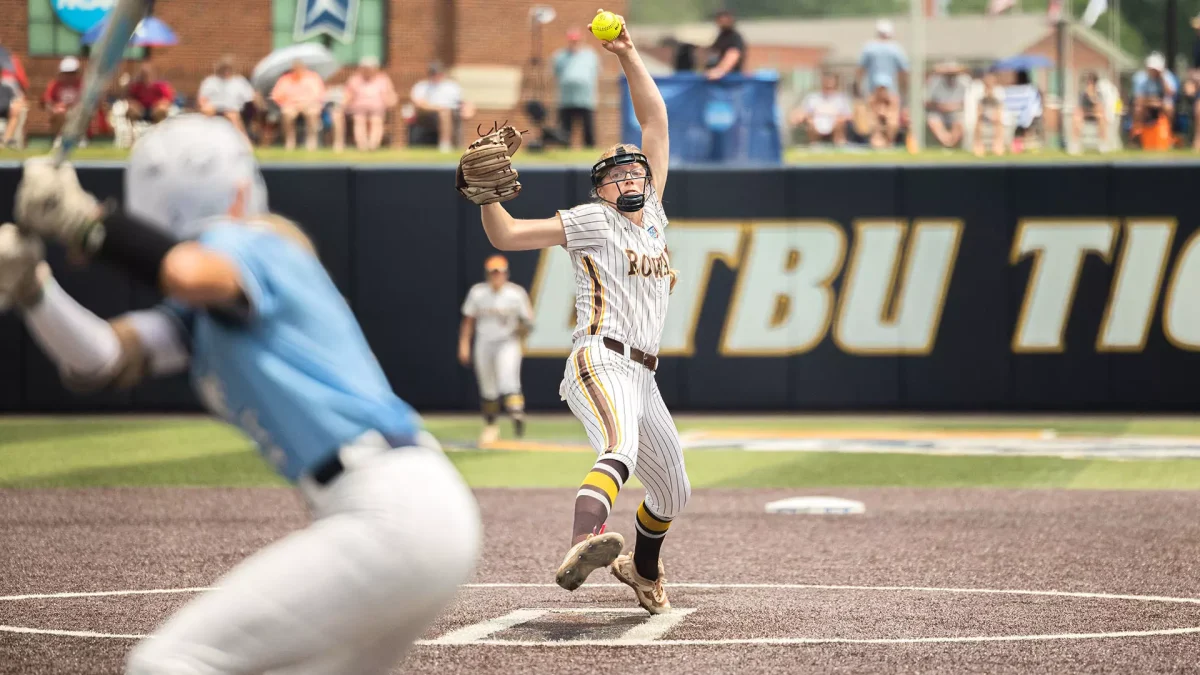
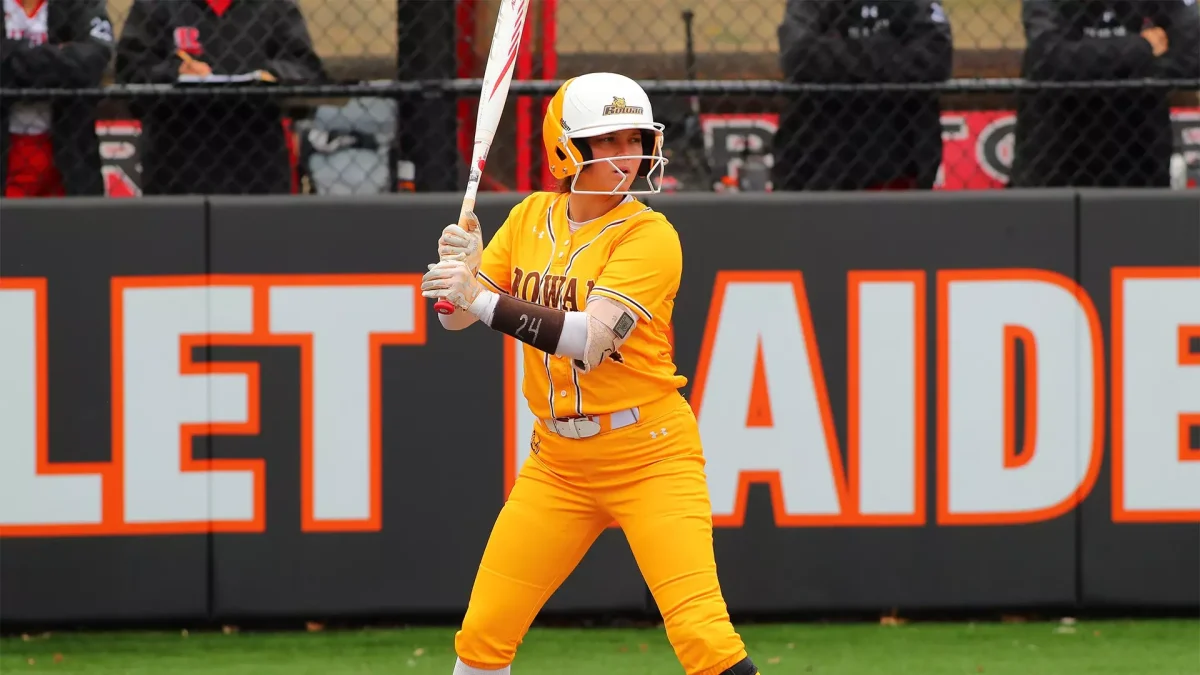
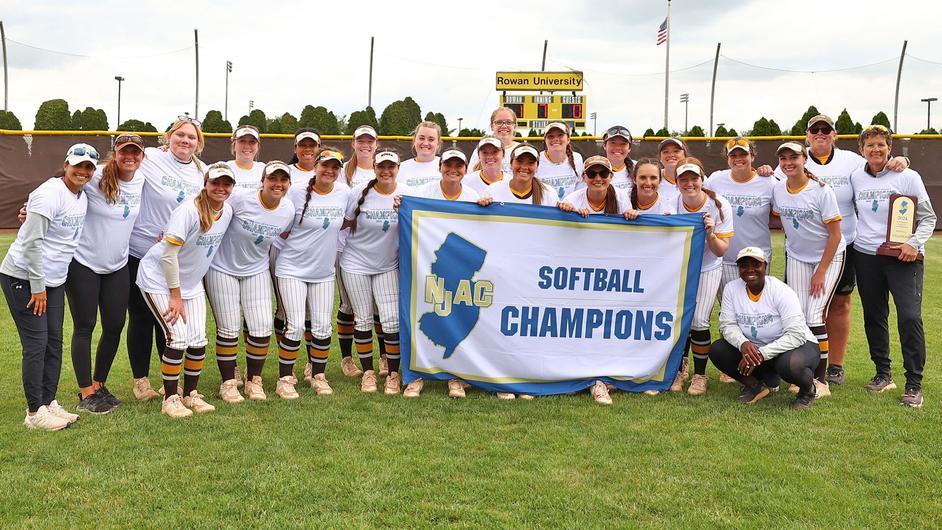





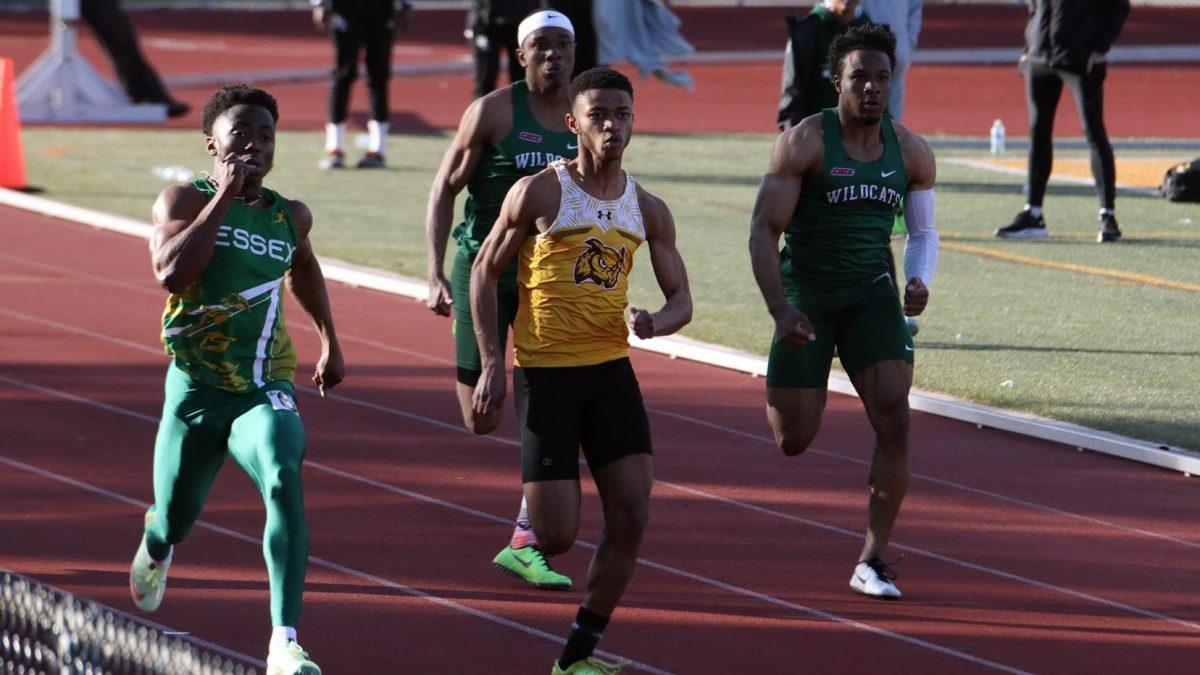


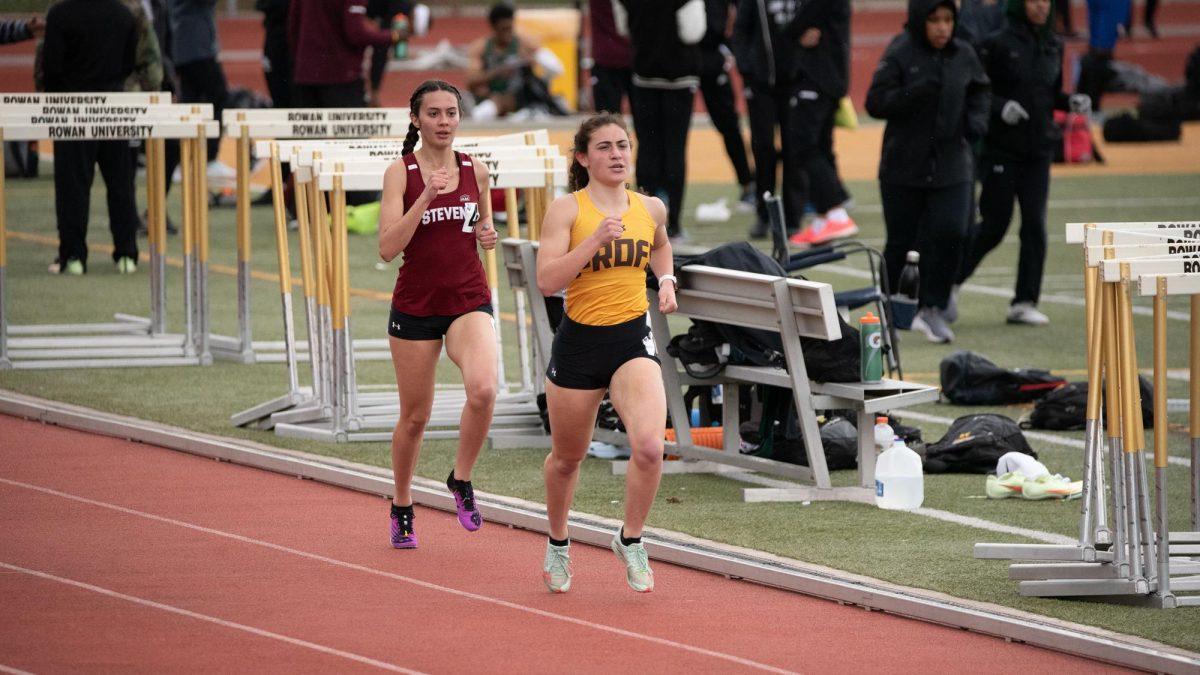



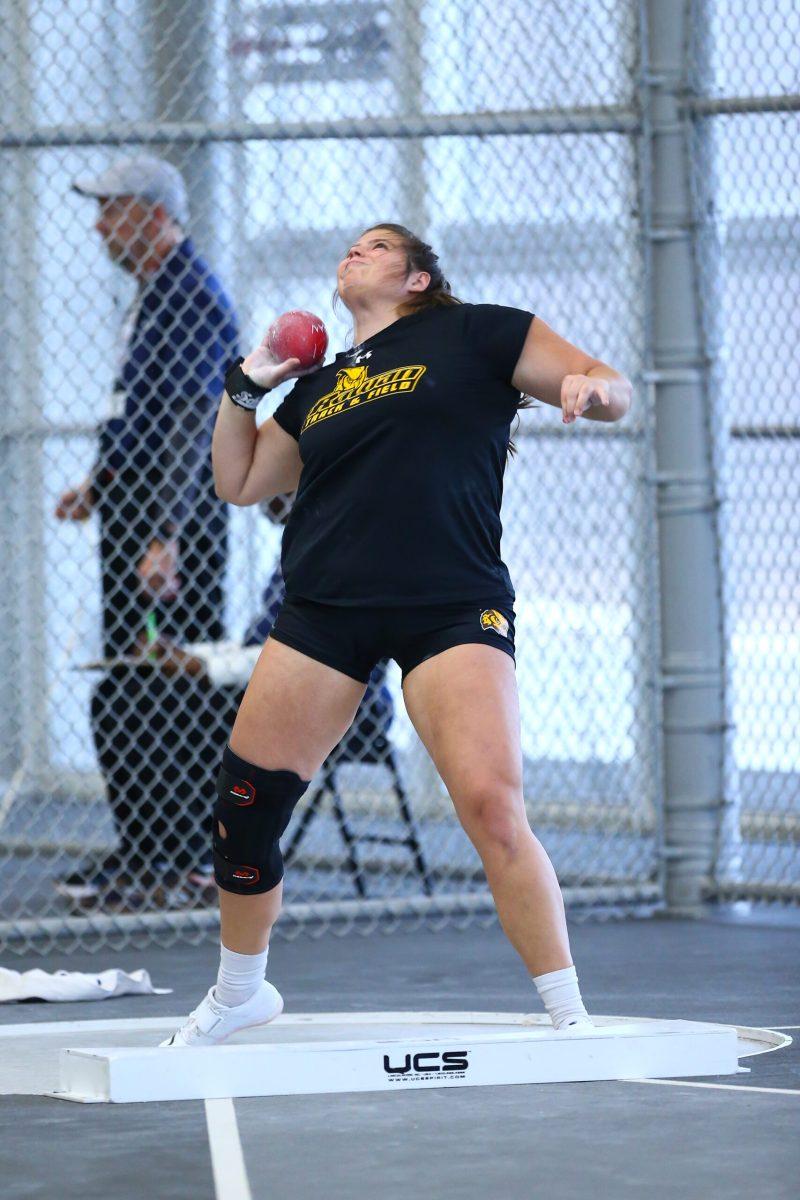




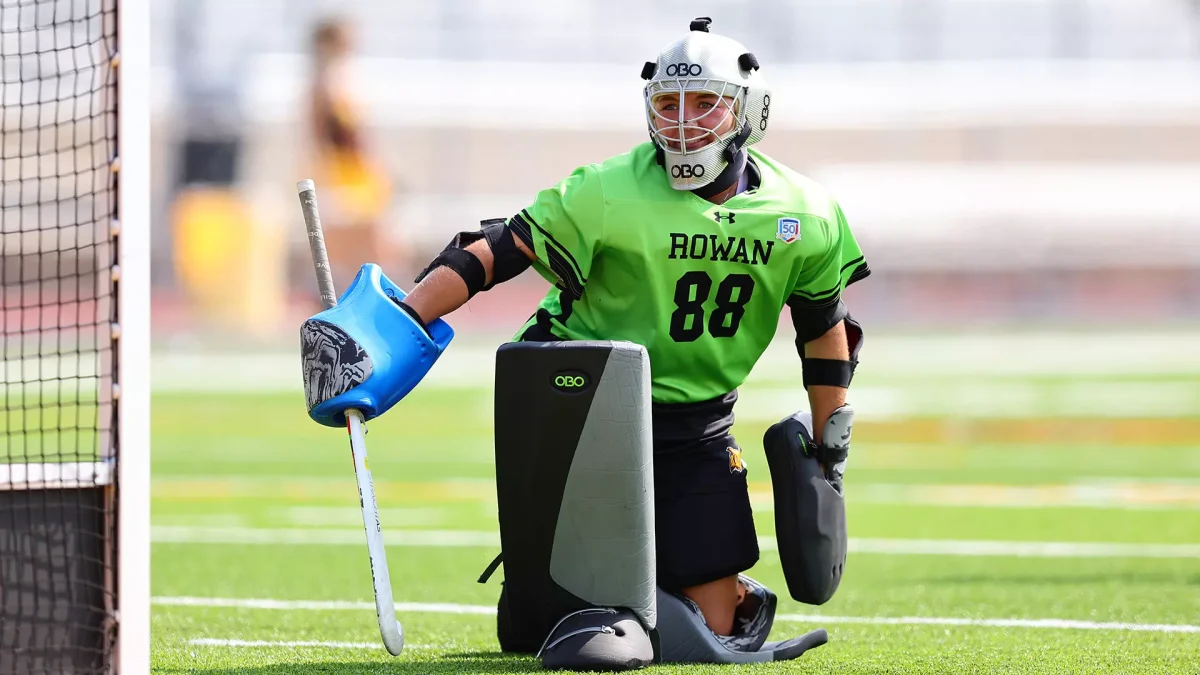










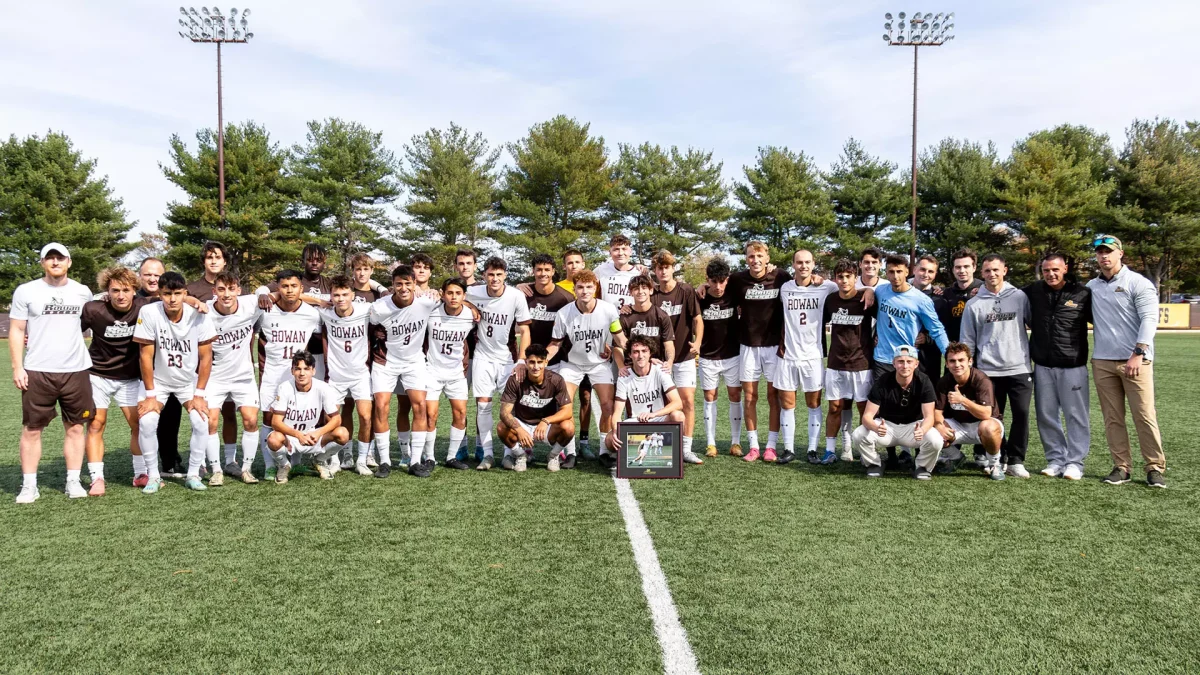





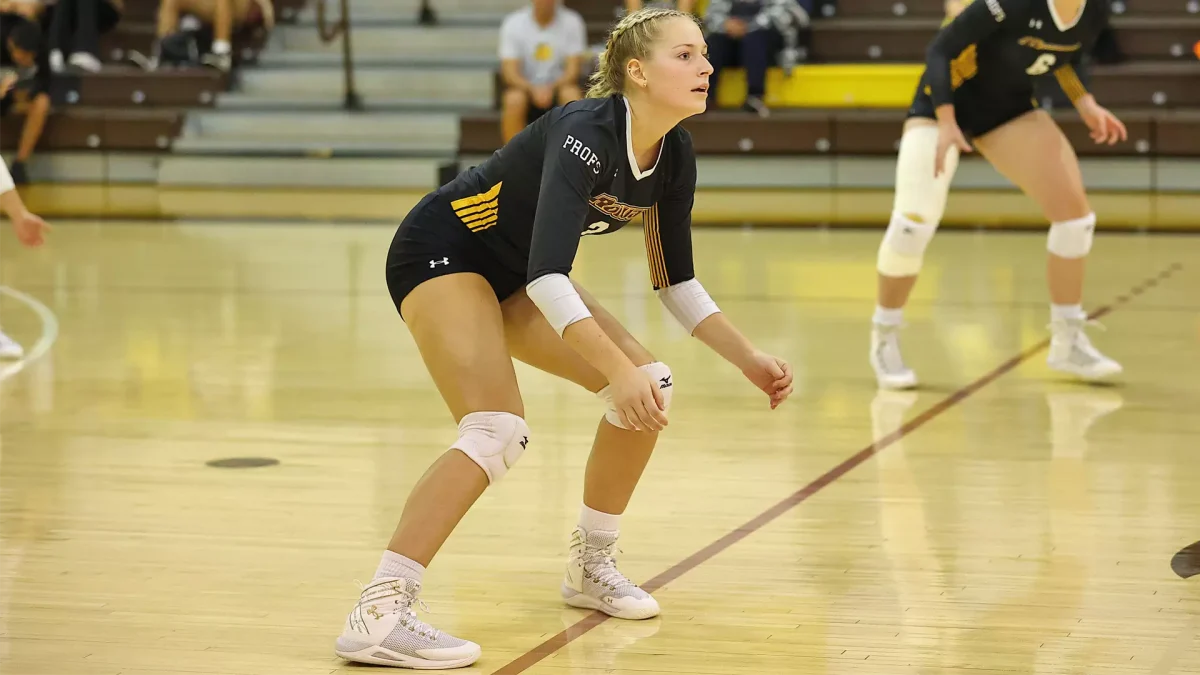








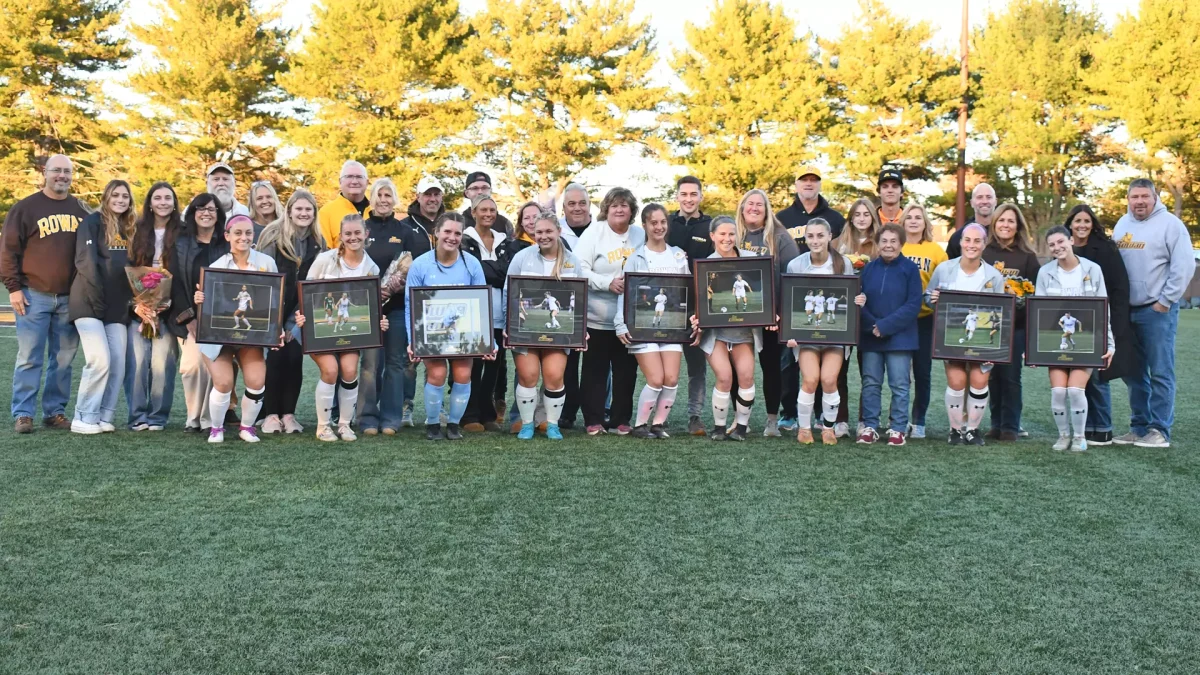










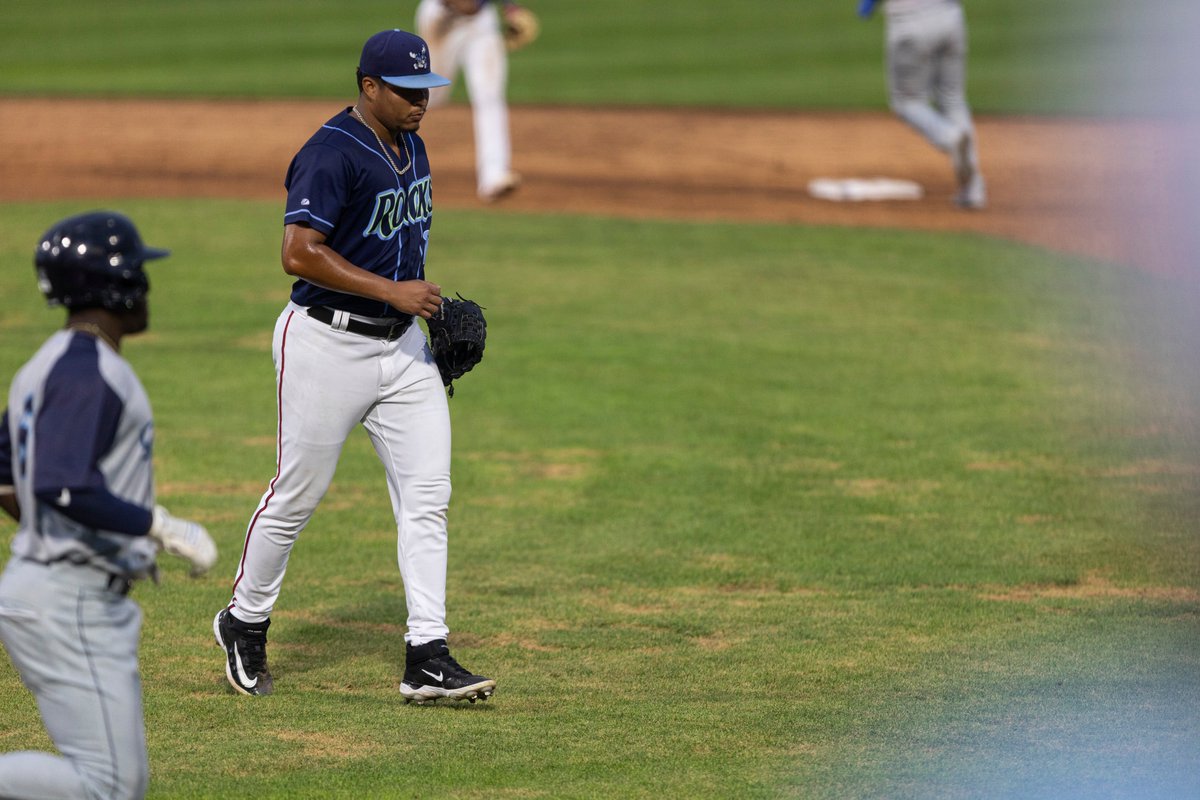
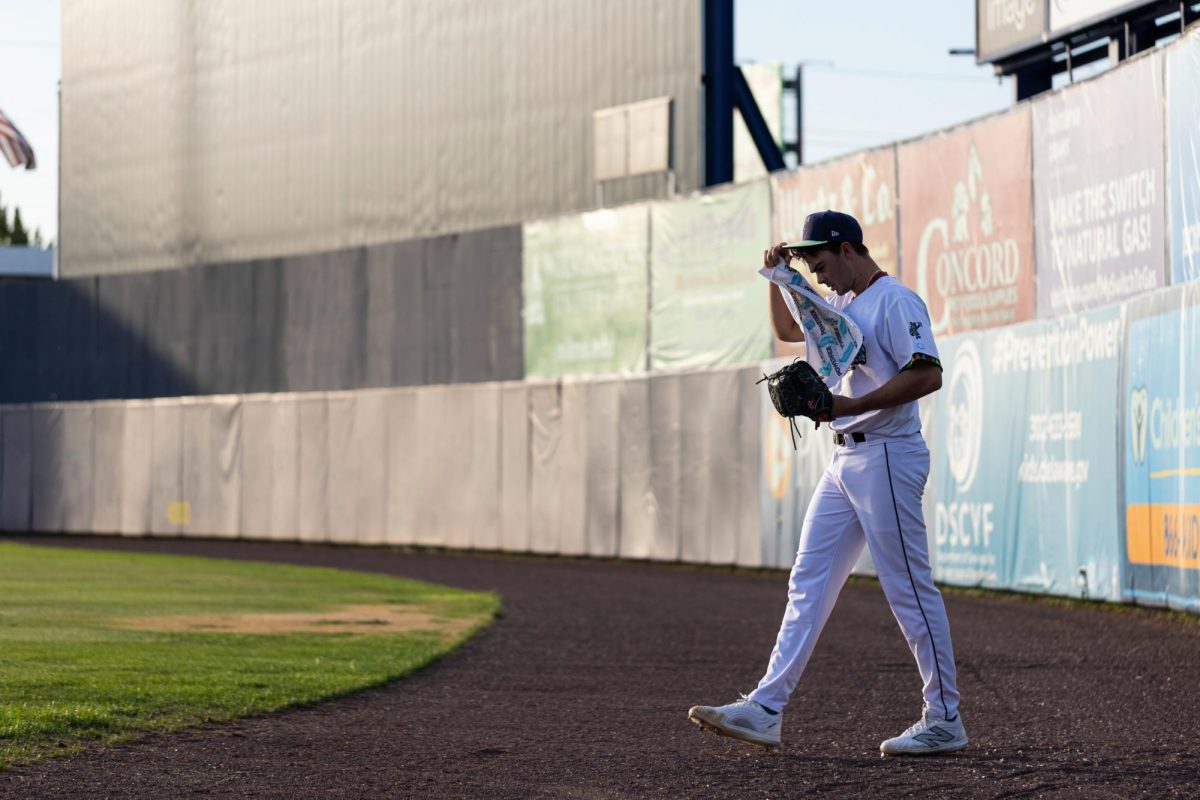

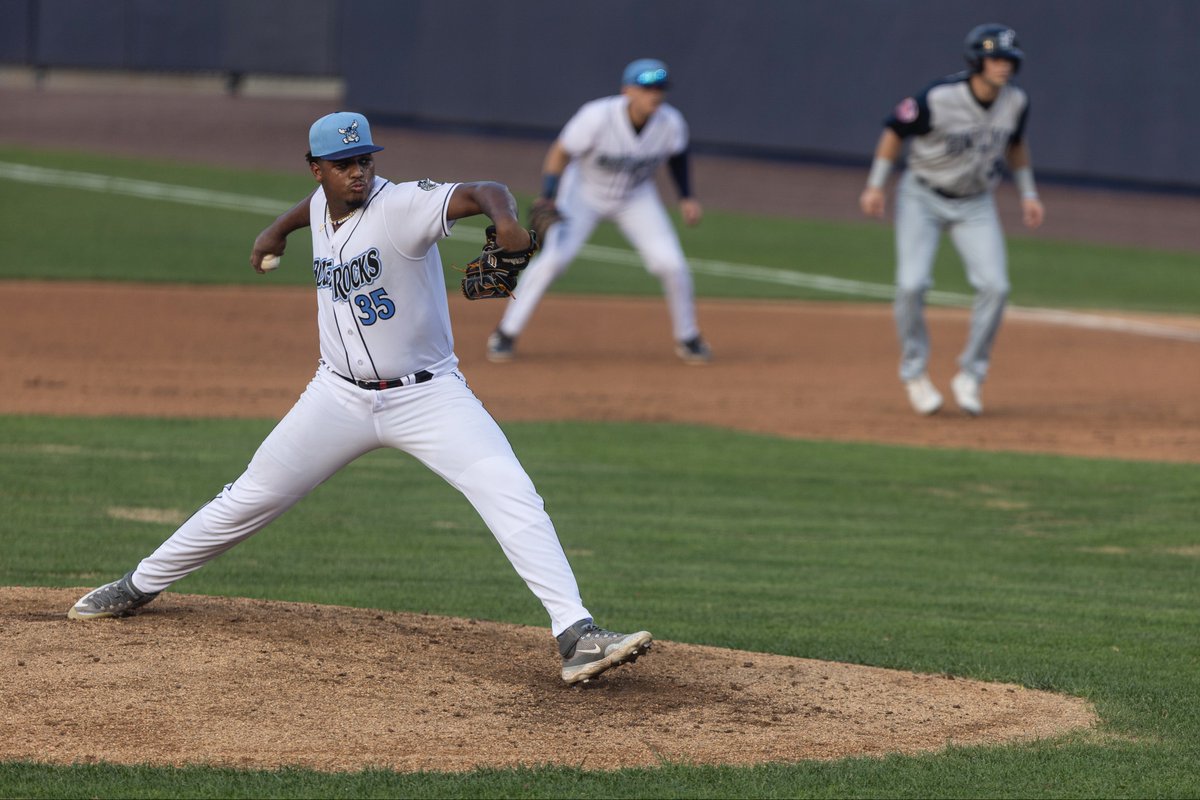
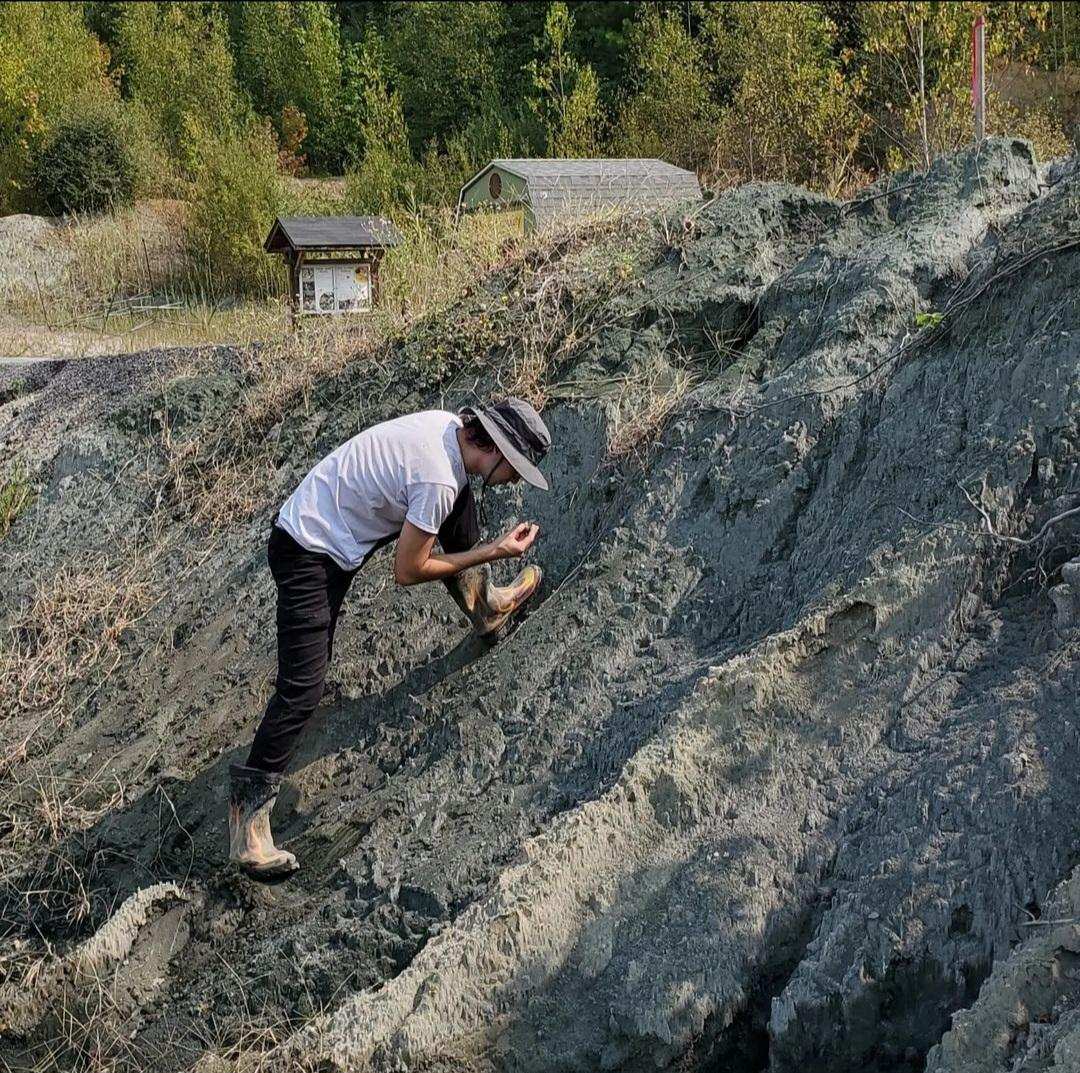

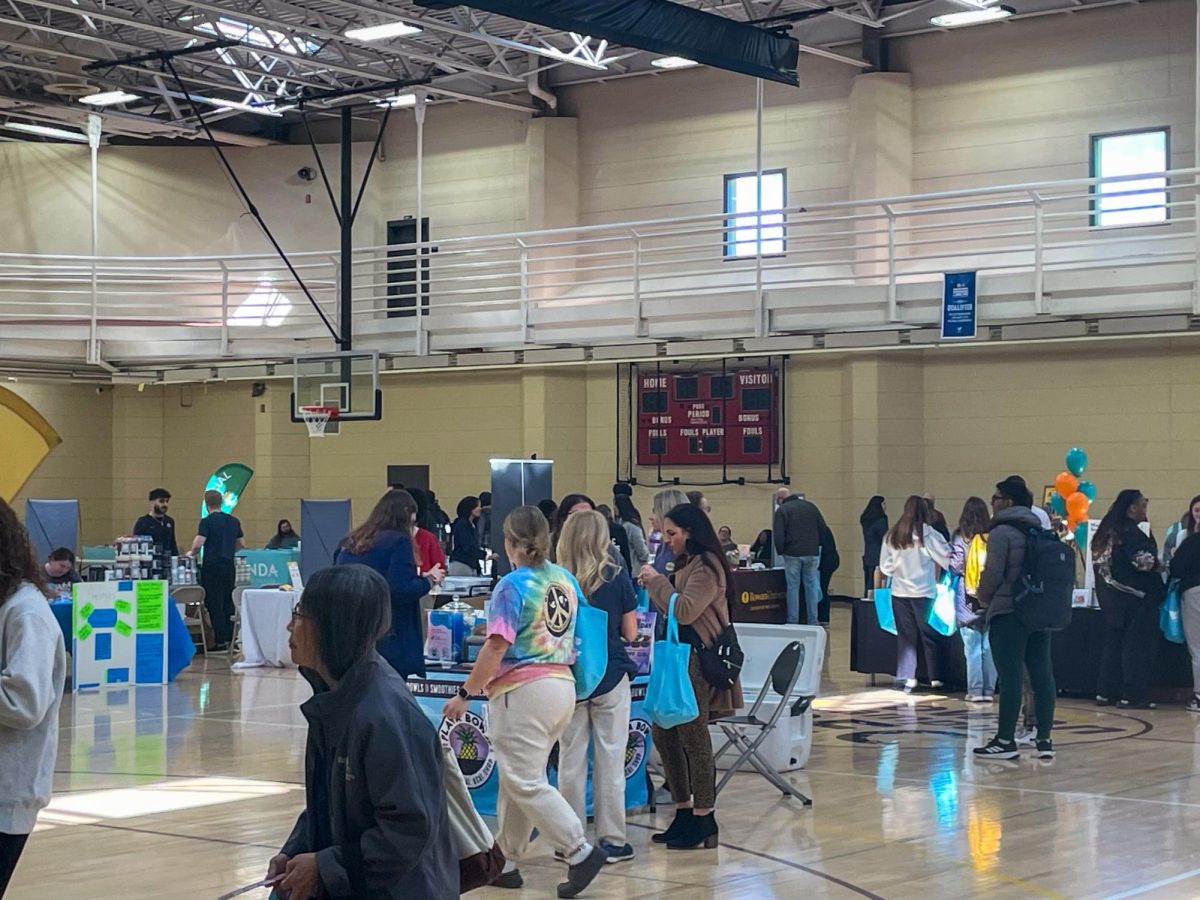

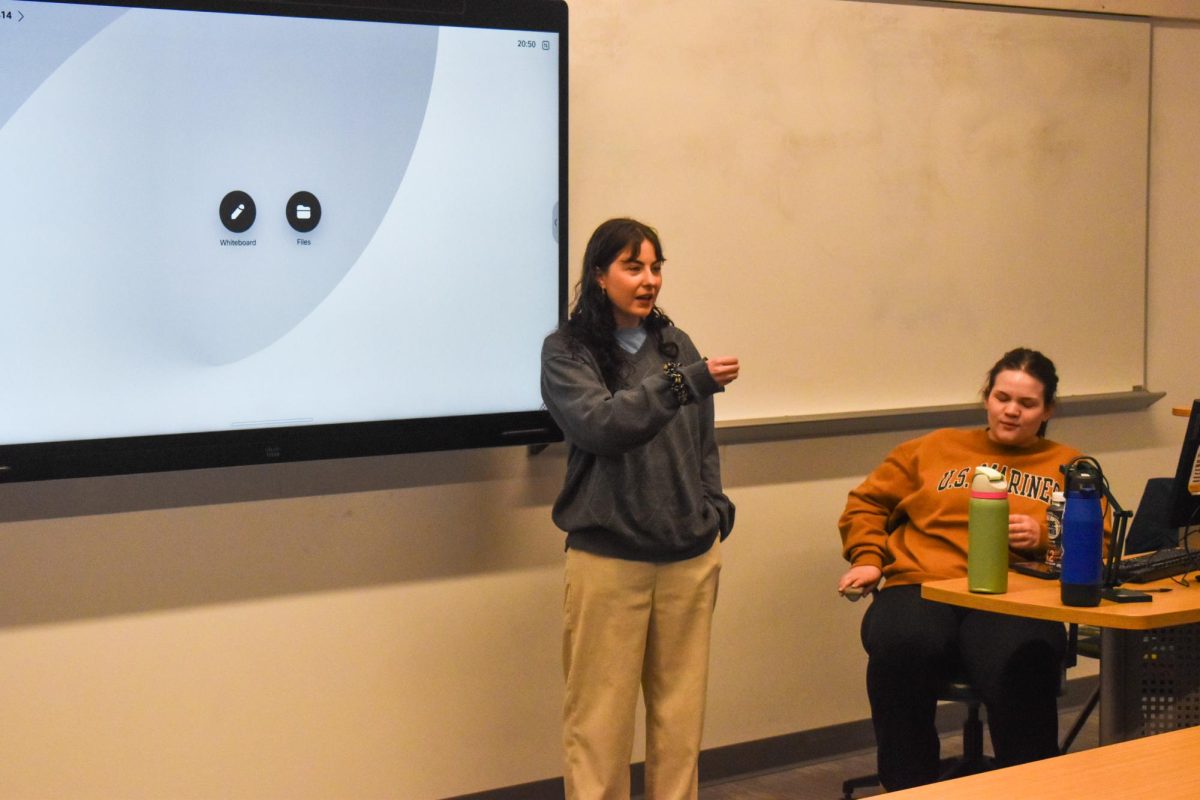


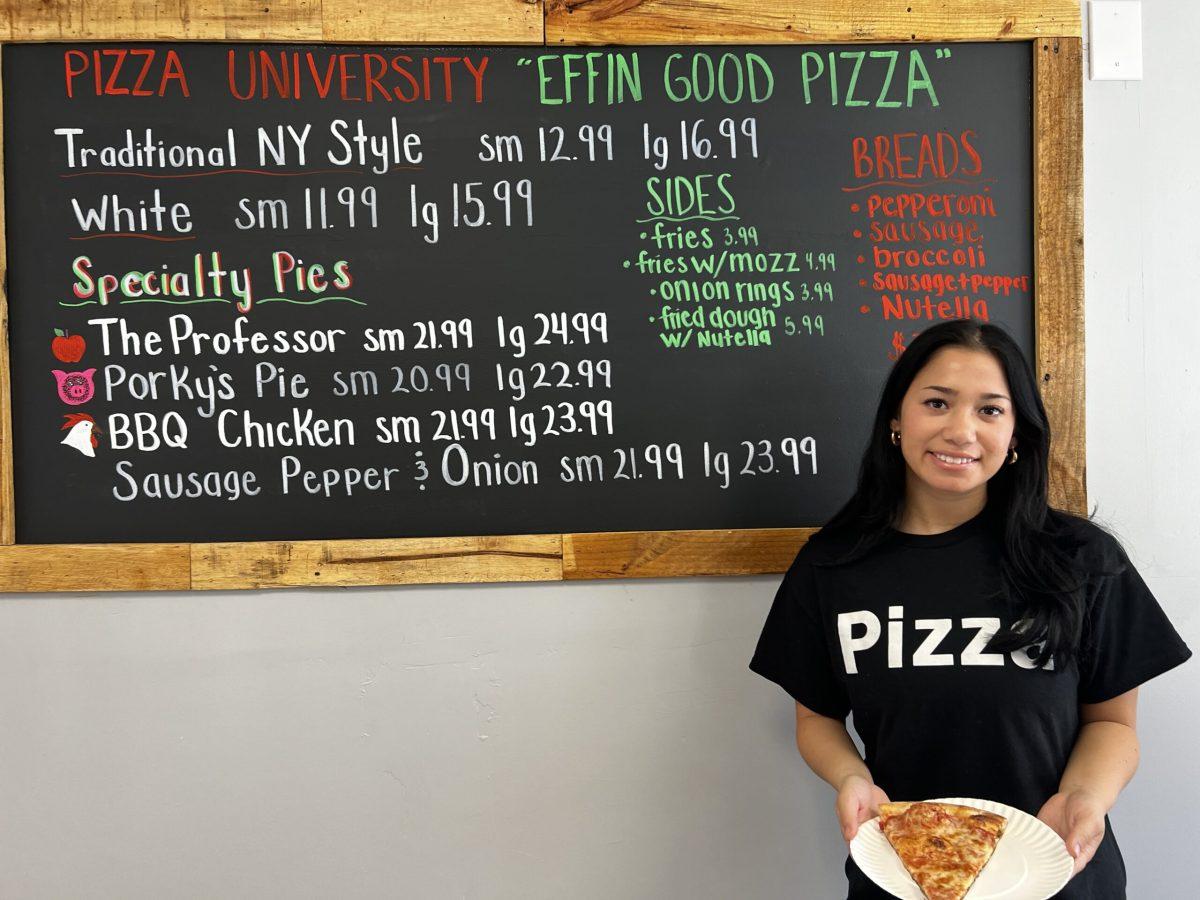
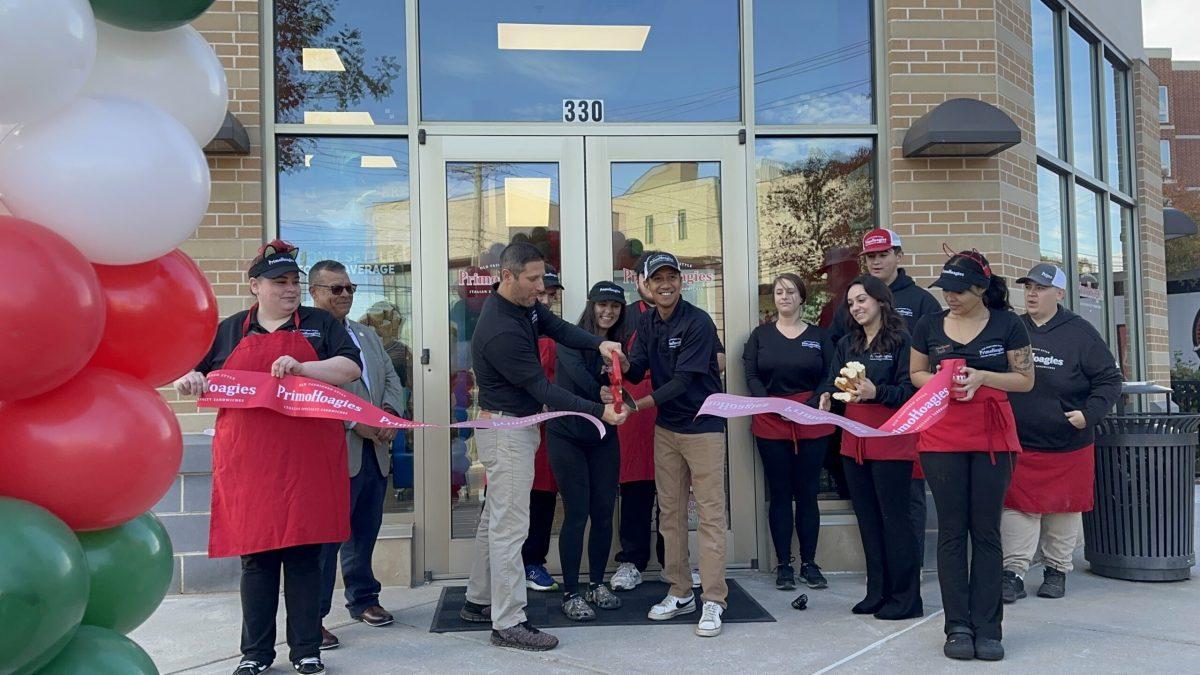


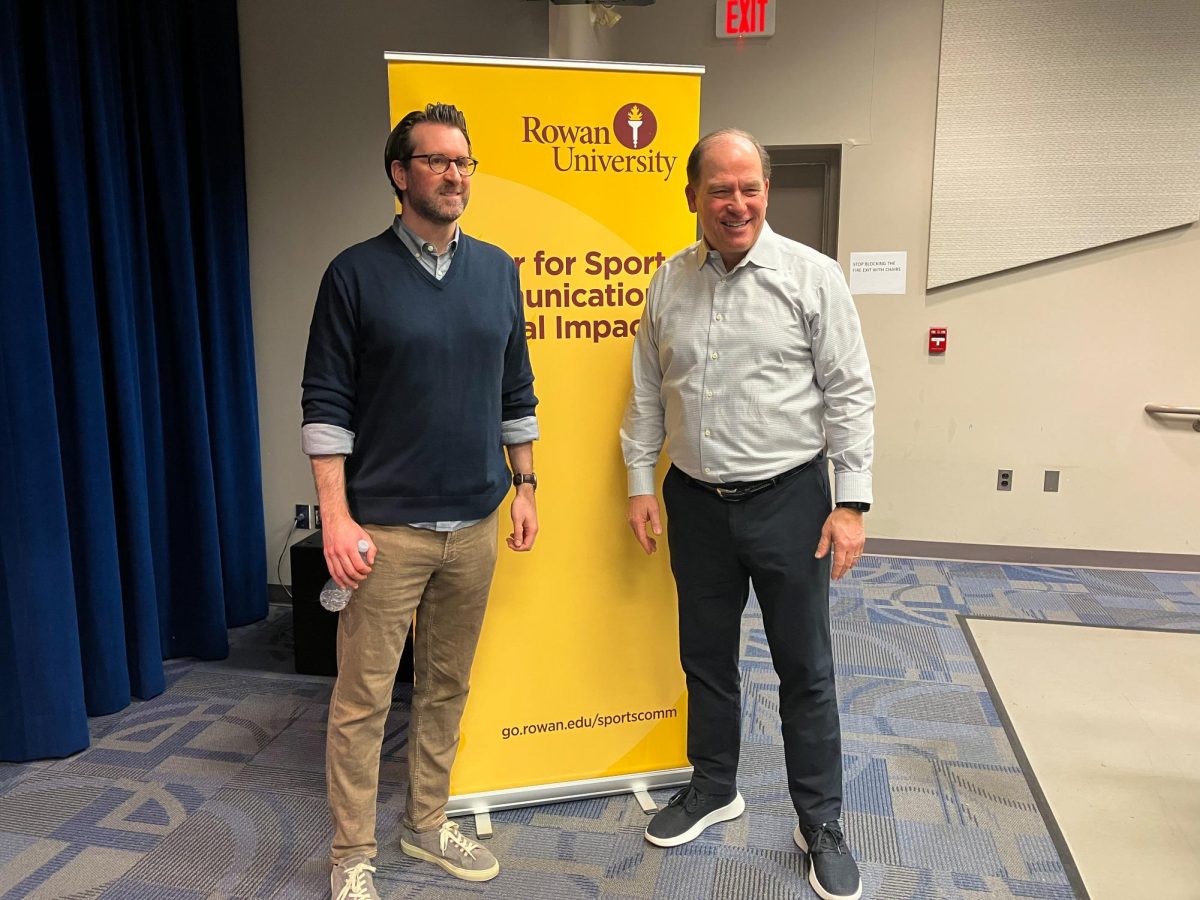
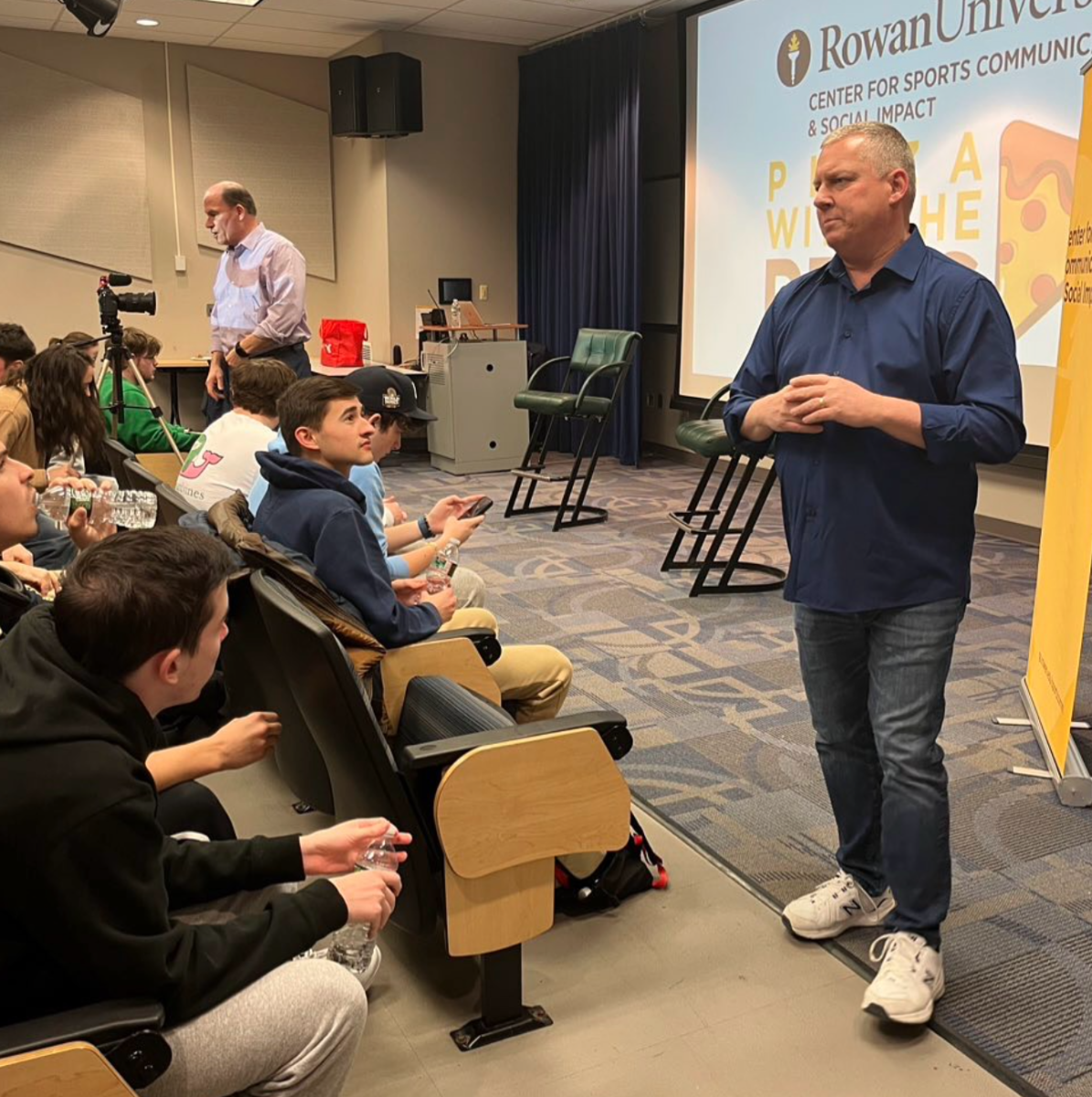




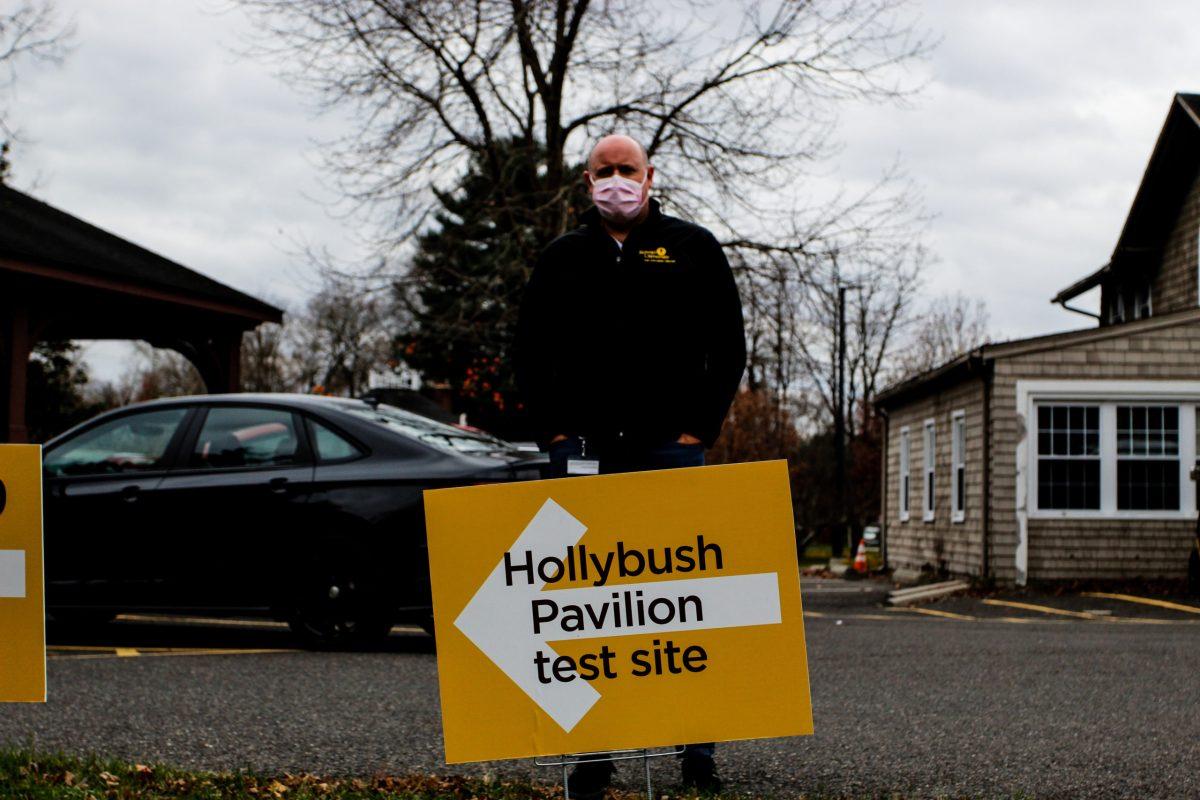
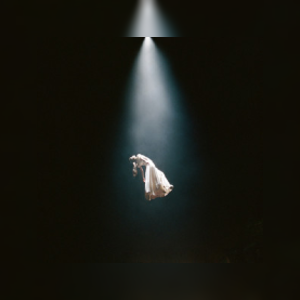
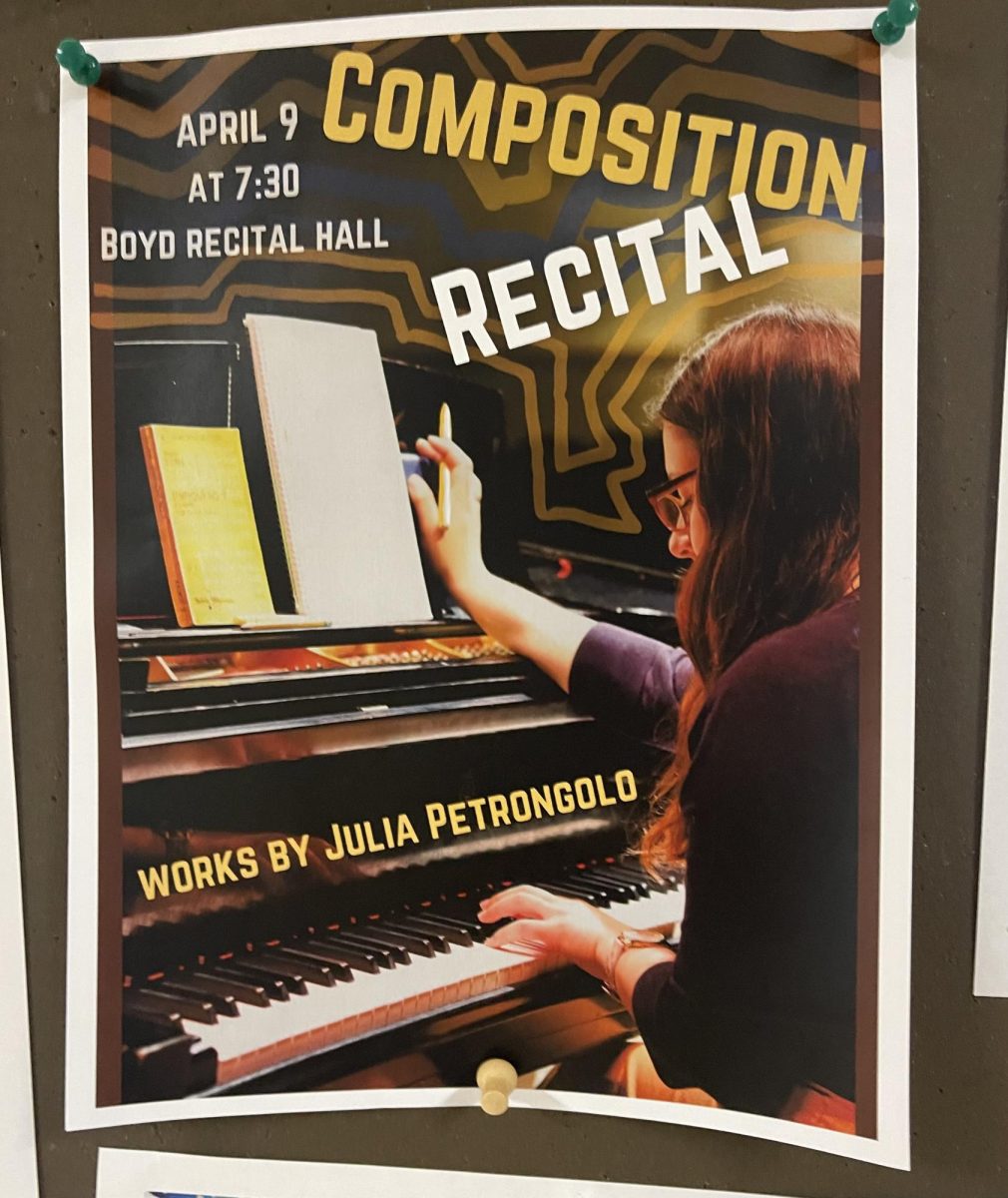
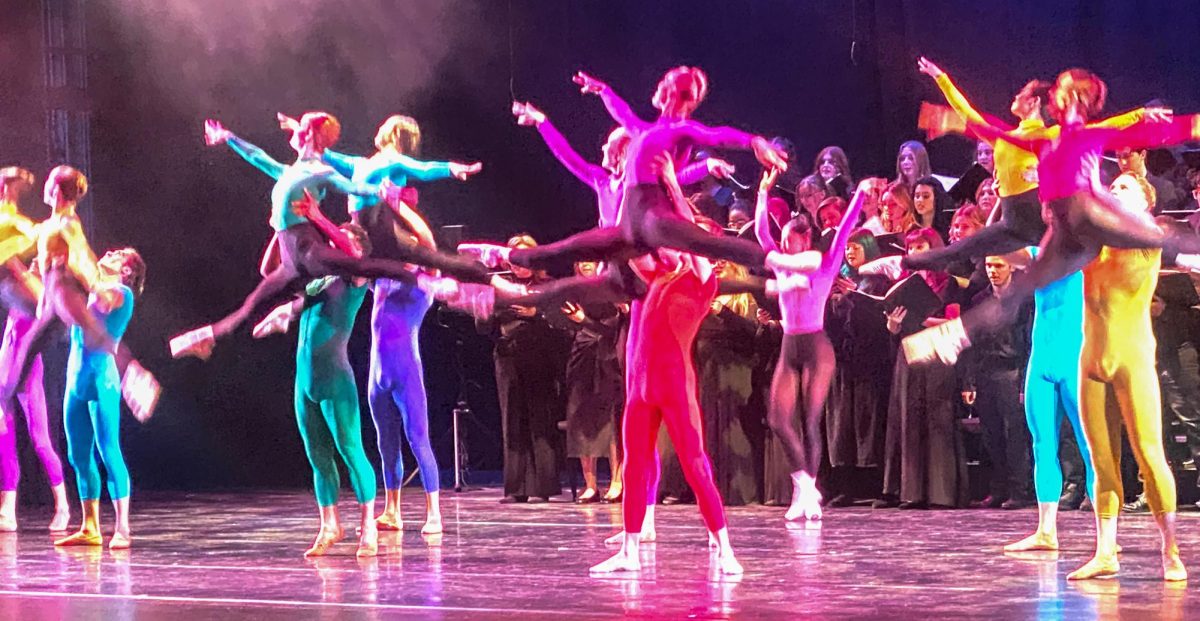


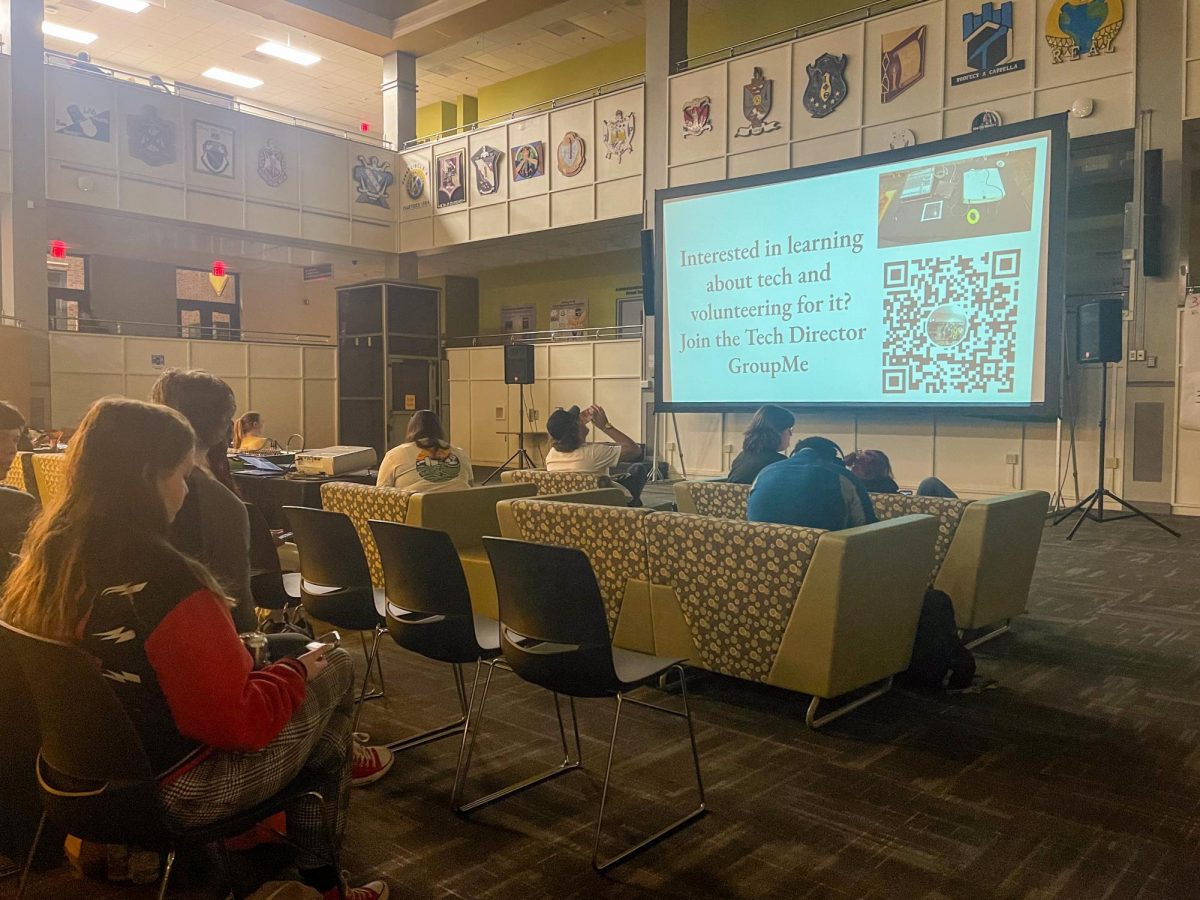
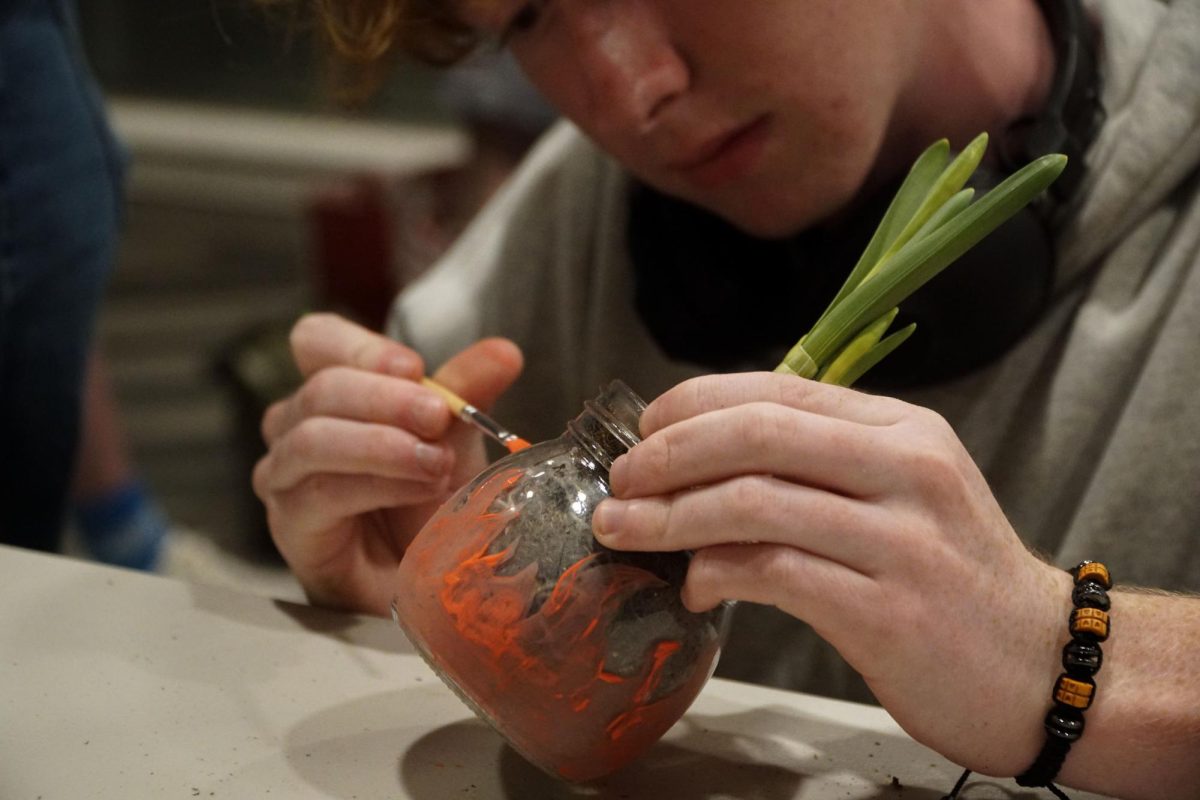
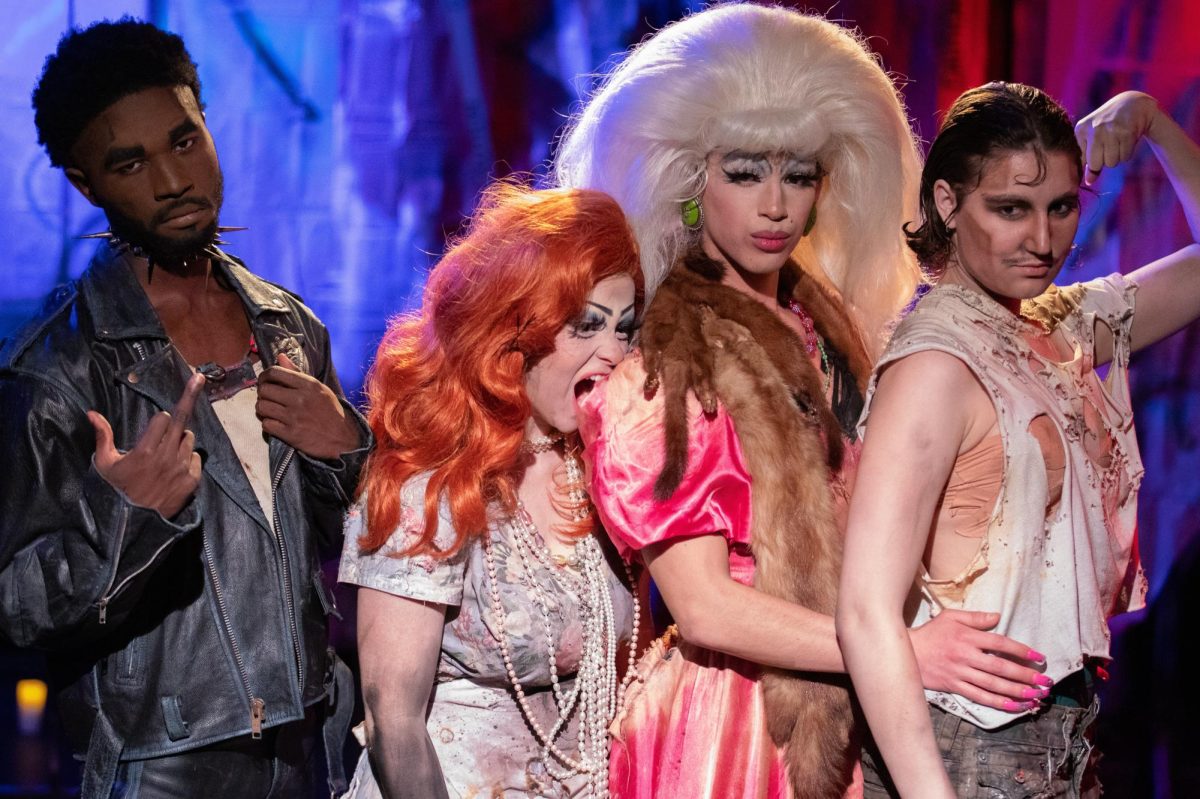
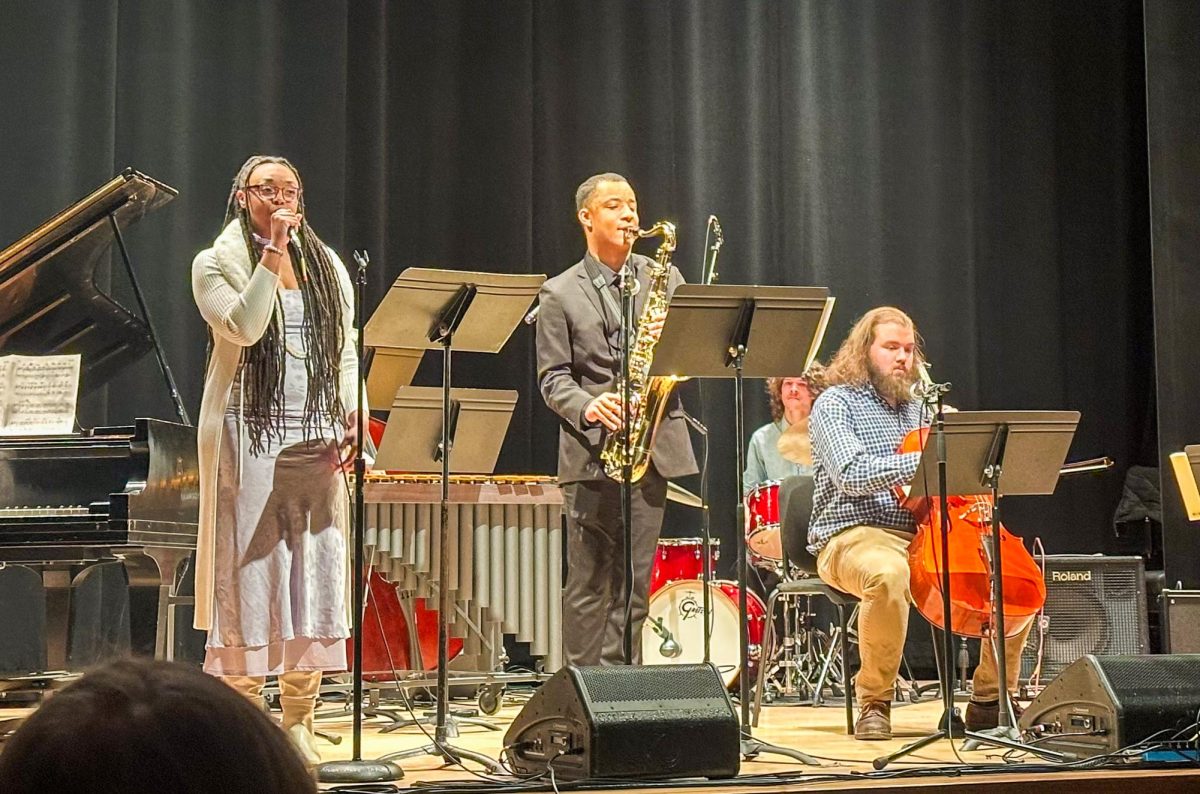
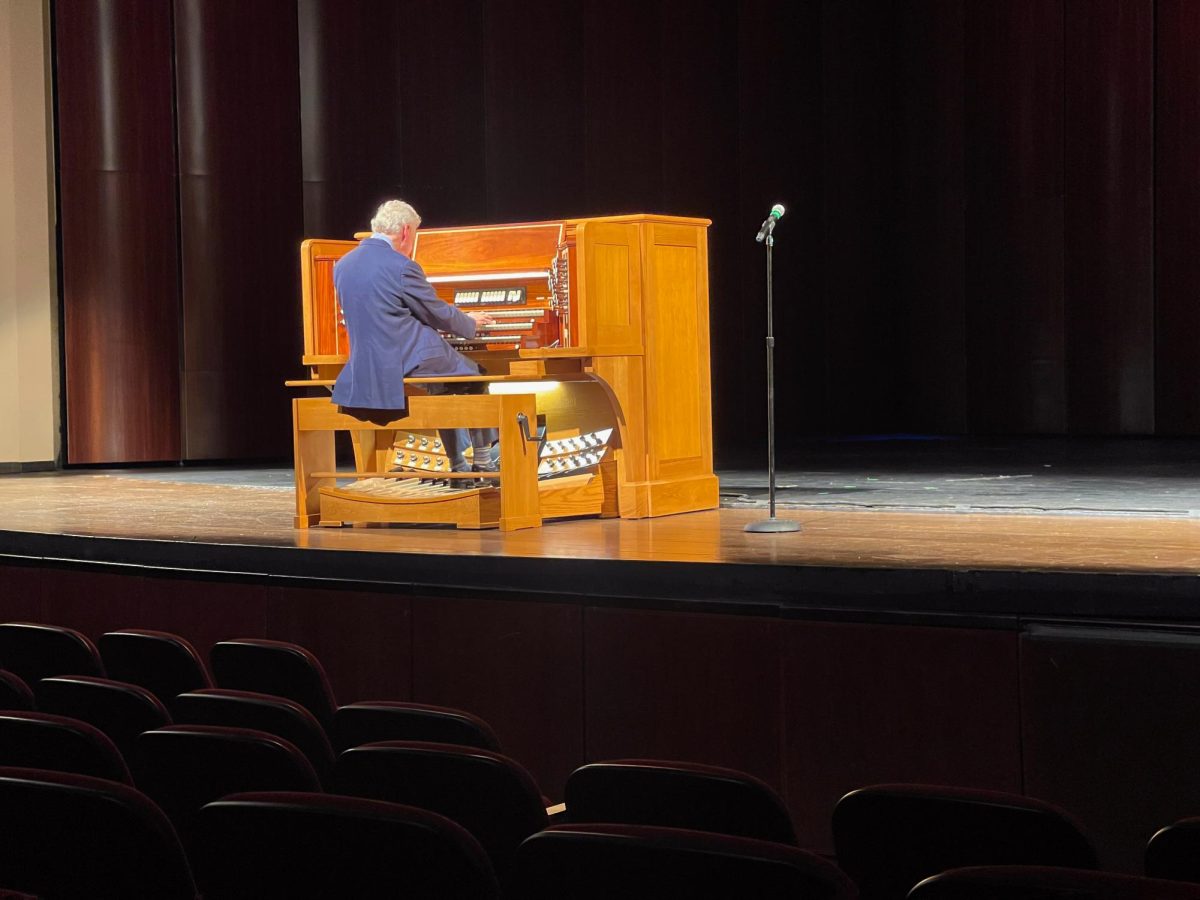
![“[It’s] very low stakes. There's no auditioning; we rarely make cuts, you know. It's very welcoming,” Duffy said. - Multimedia Editor / Matthew Millroy](https://thewhitonline.com/wp-content/uploads/2025/02/IMG_2612.jpg)

!["Between poems, owner of Words Matter Bookstore and host Keryl Hausmann spoke, saying 'To listen to [poetry] is different than to read it.'" - Graphics Editor / Brendan Cohen](https://thewhitonline.com/wp-content/uploads/2024/11/IMG_0653.png)
